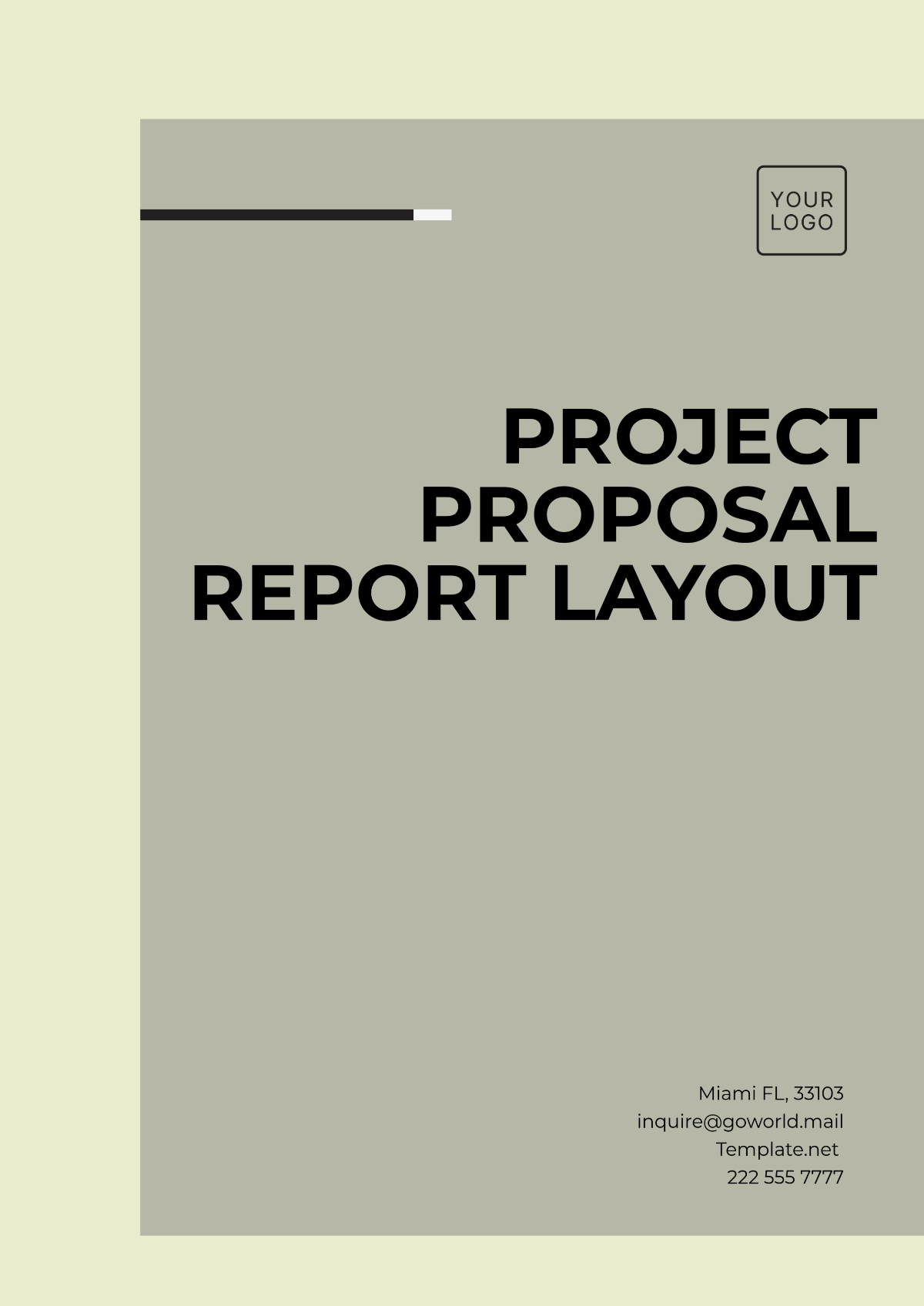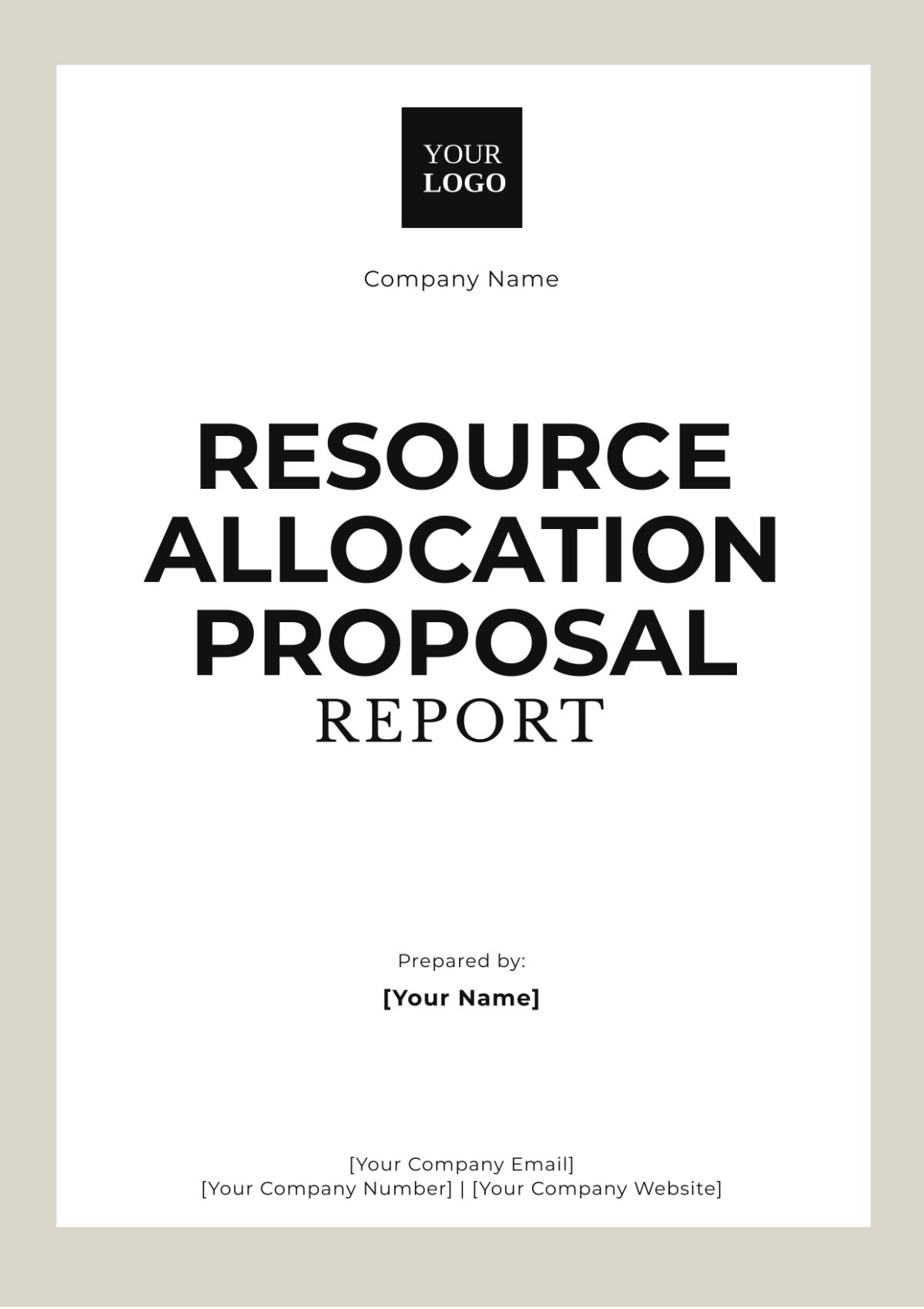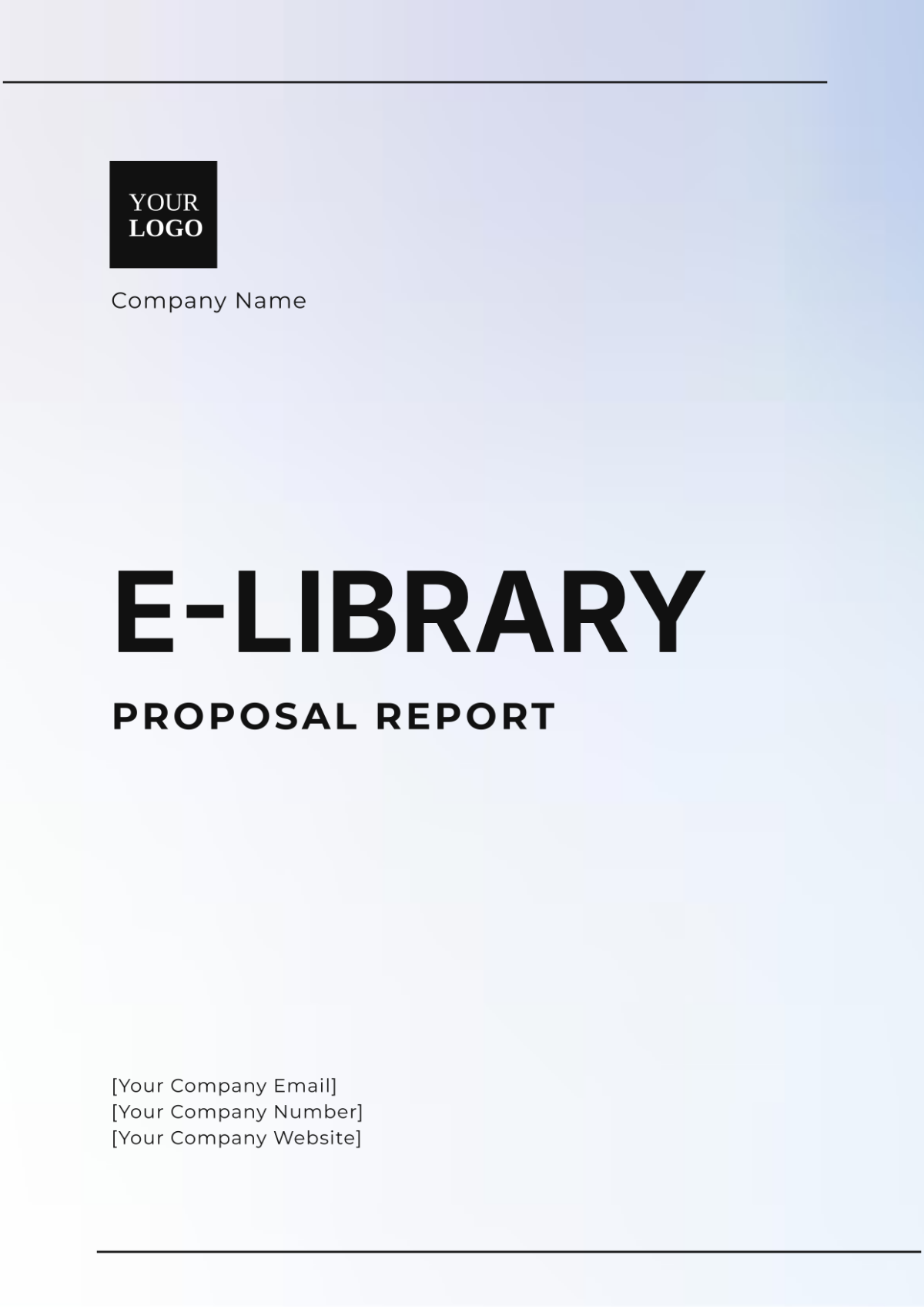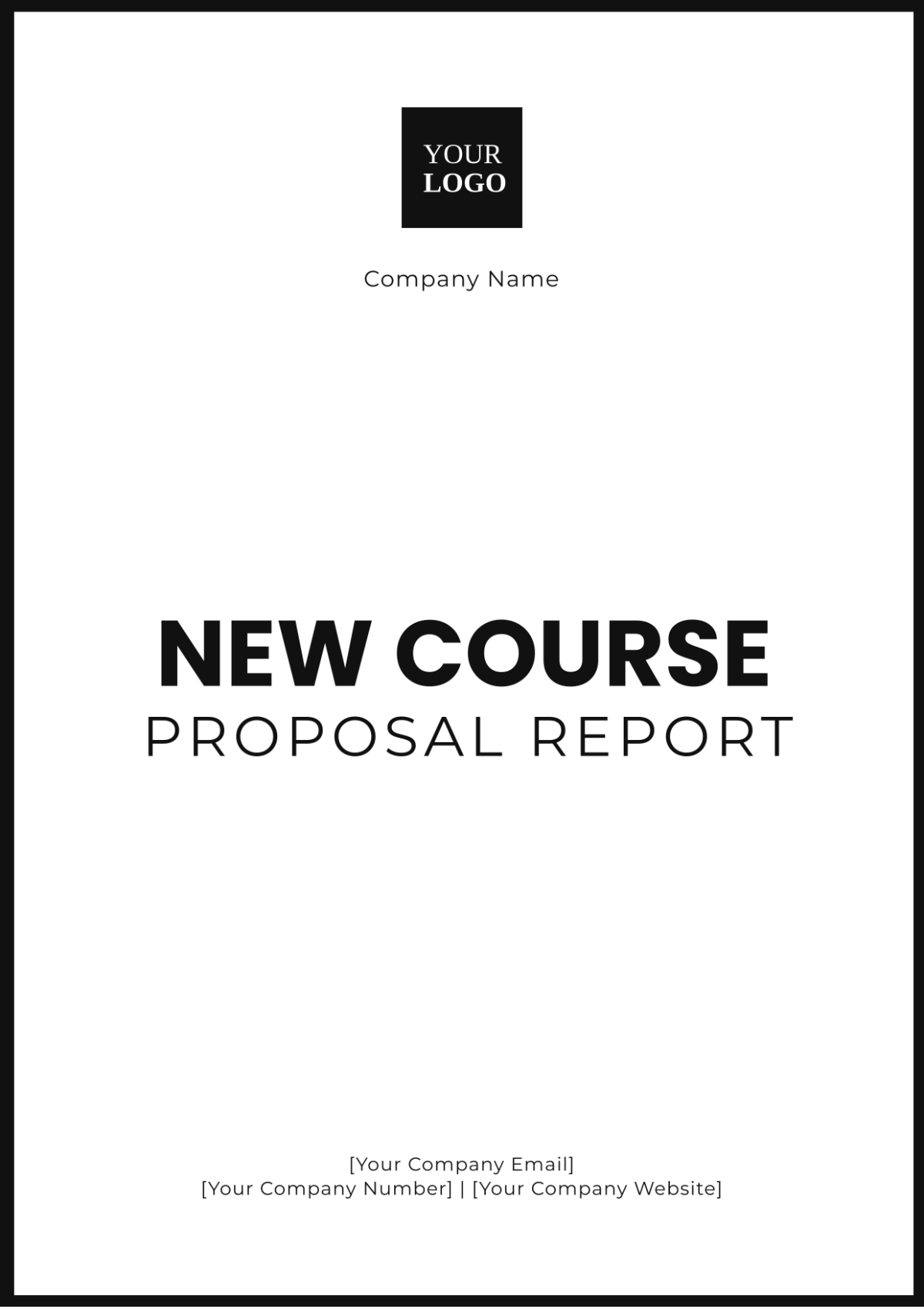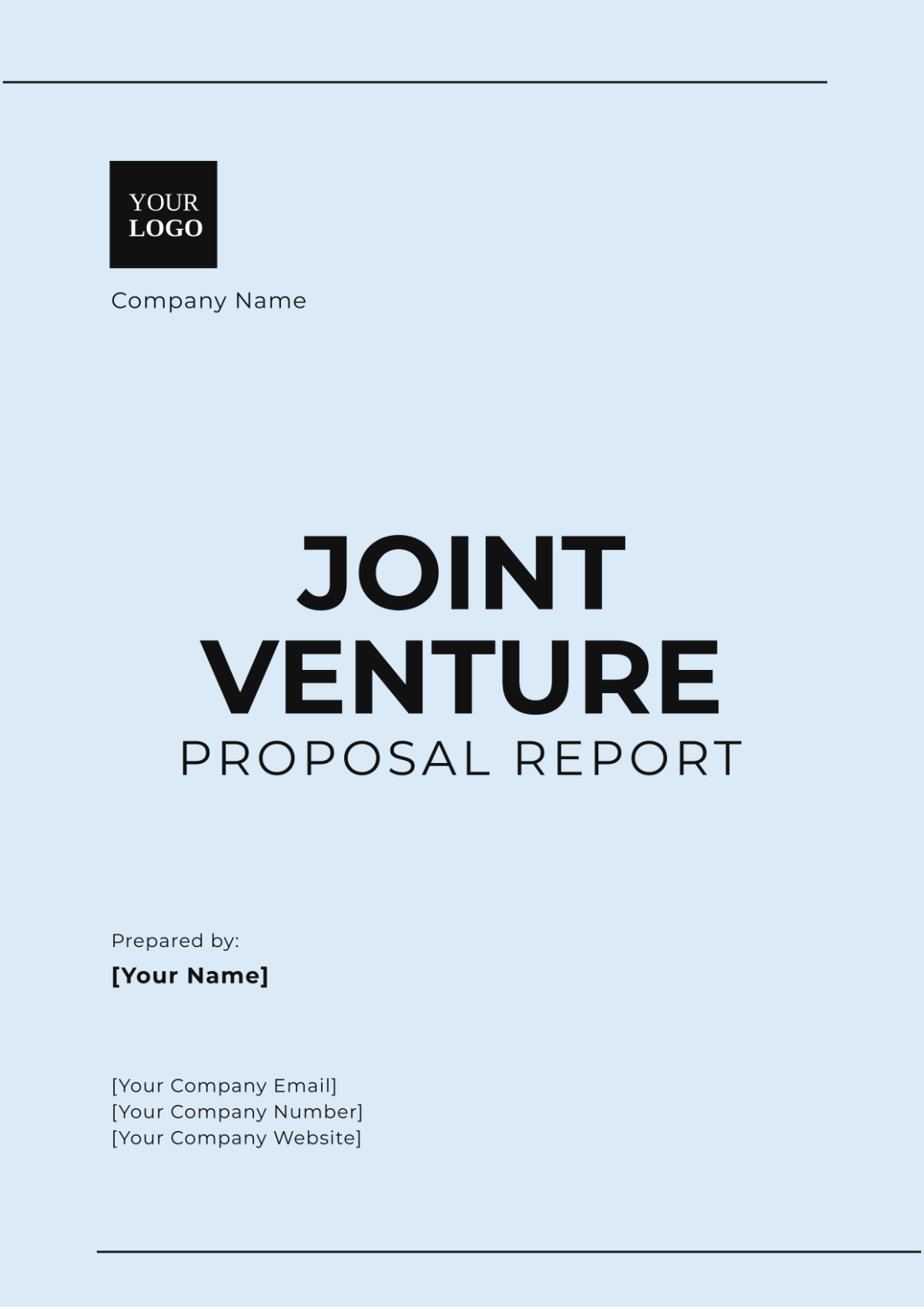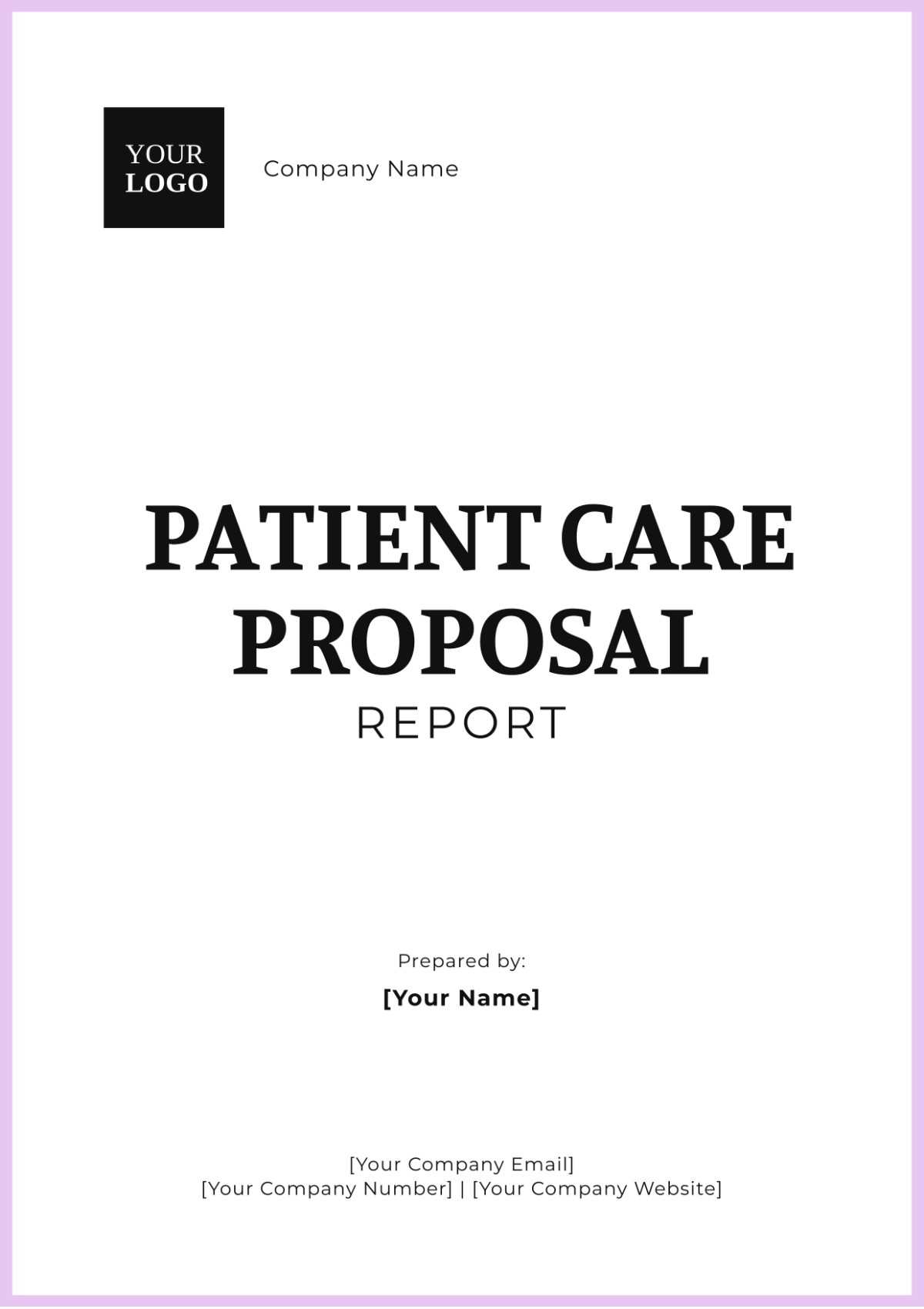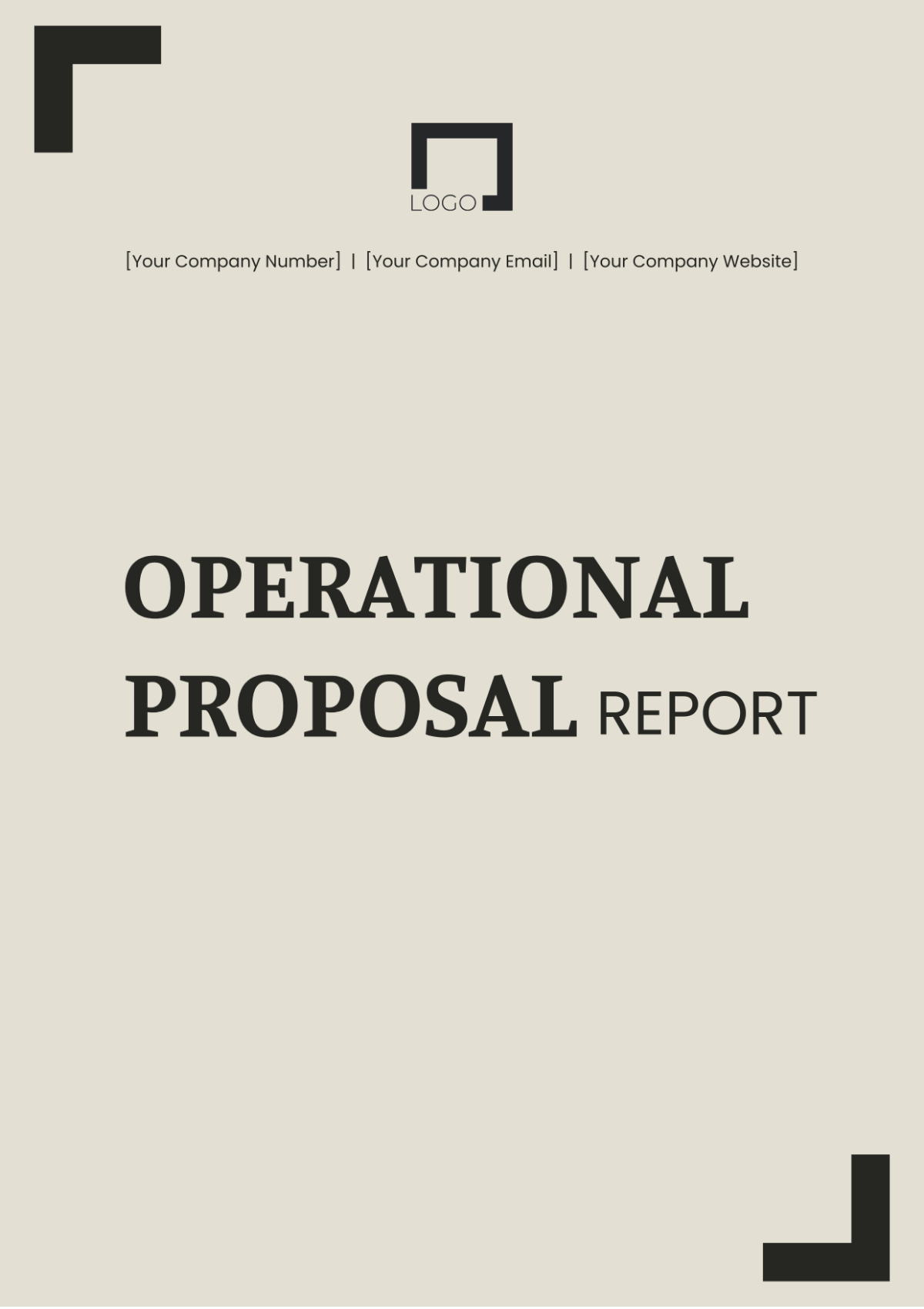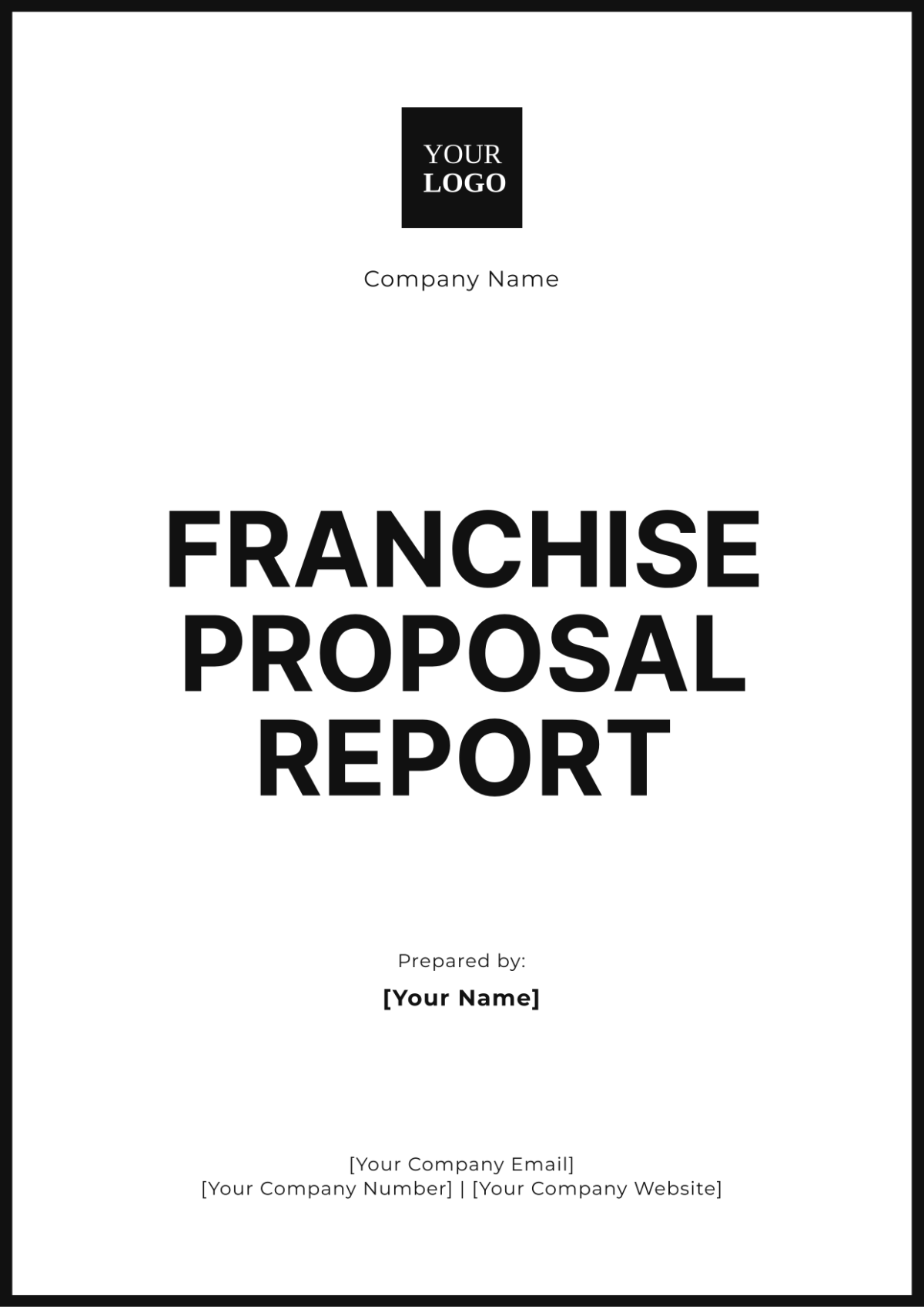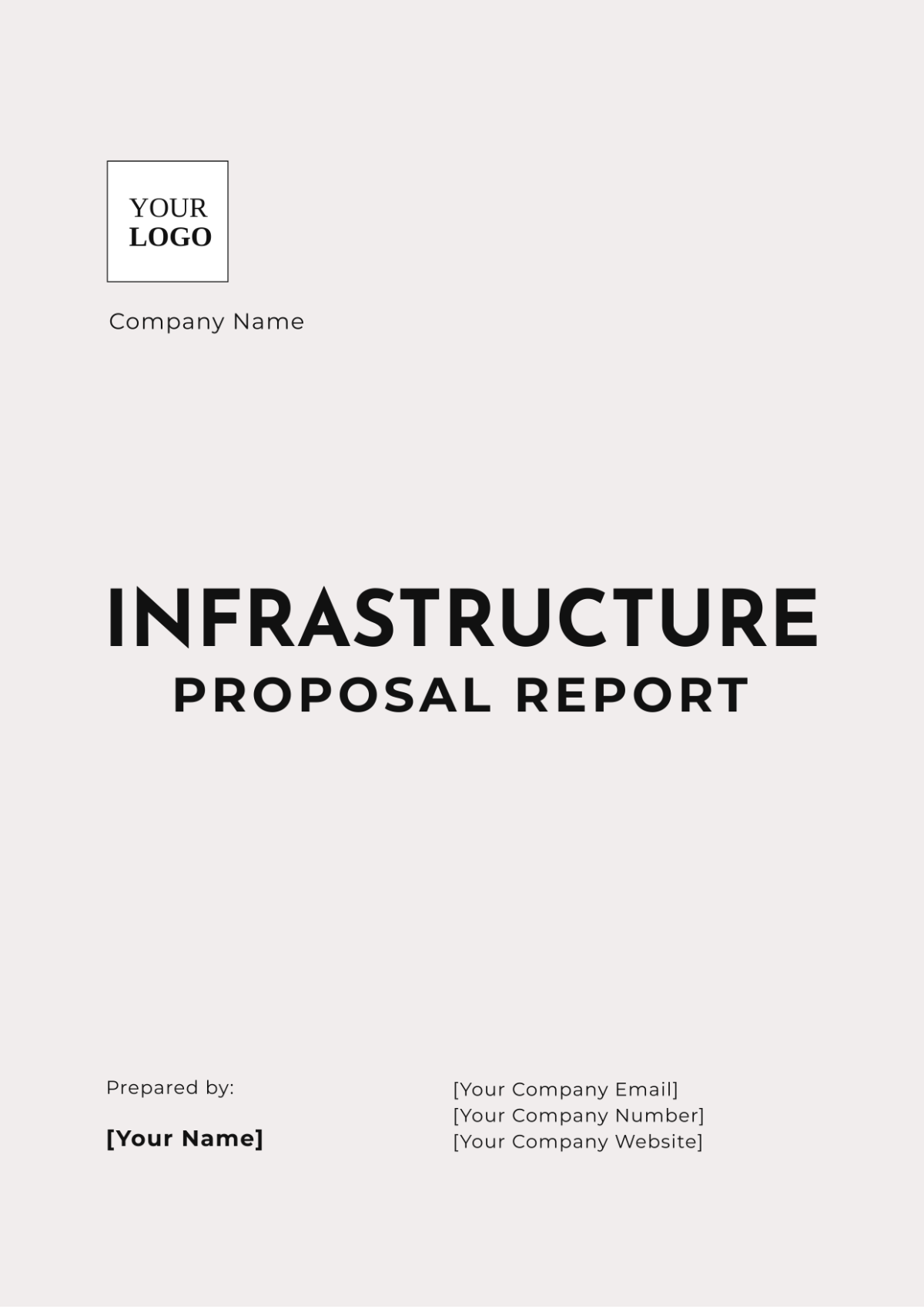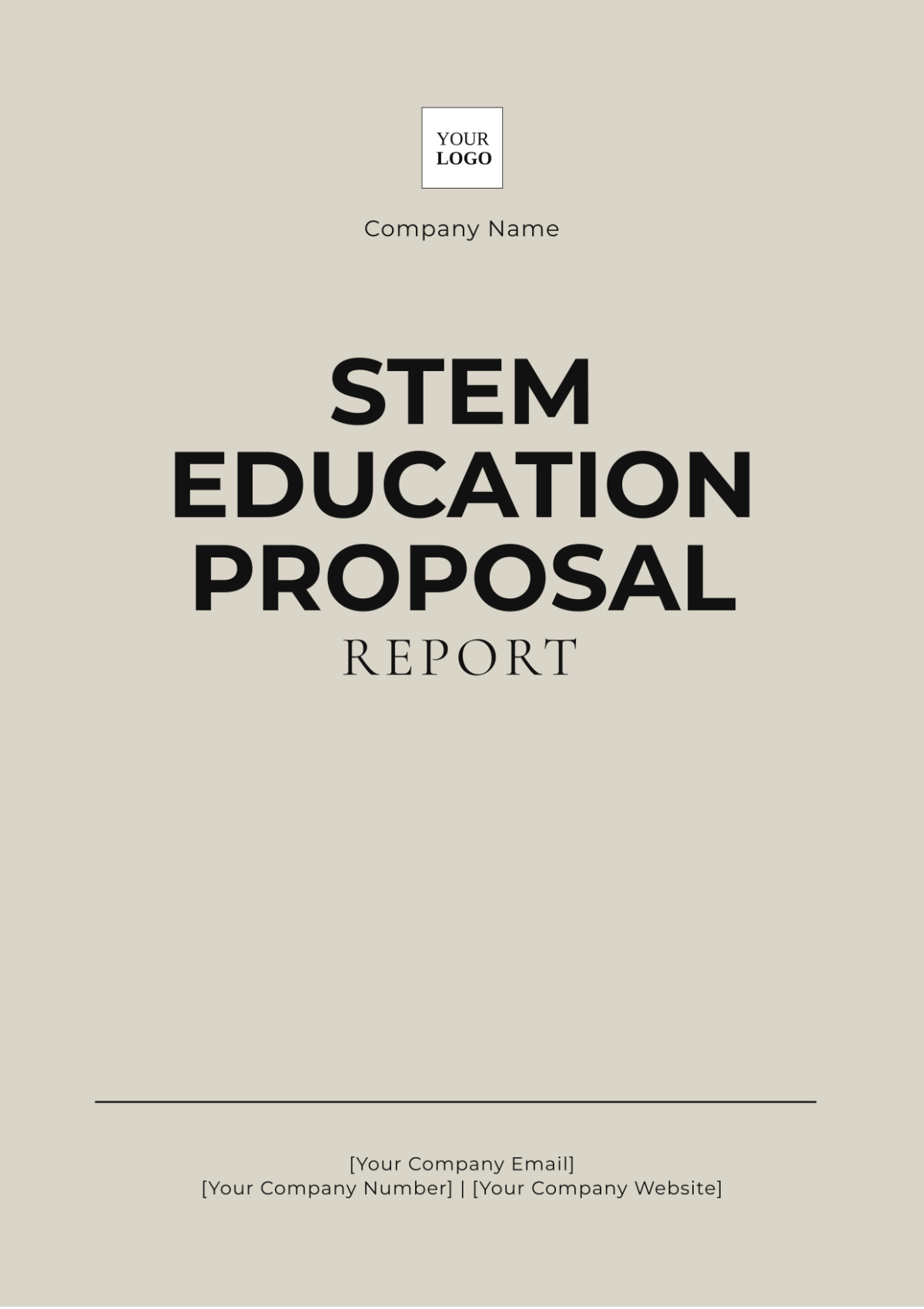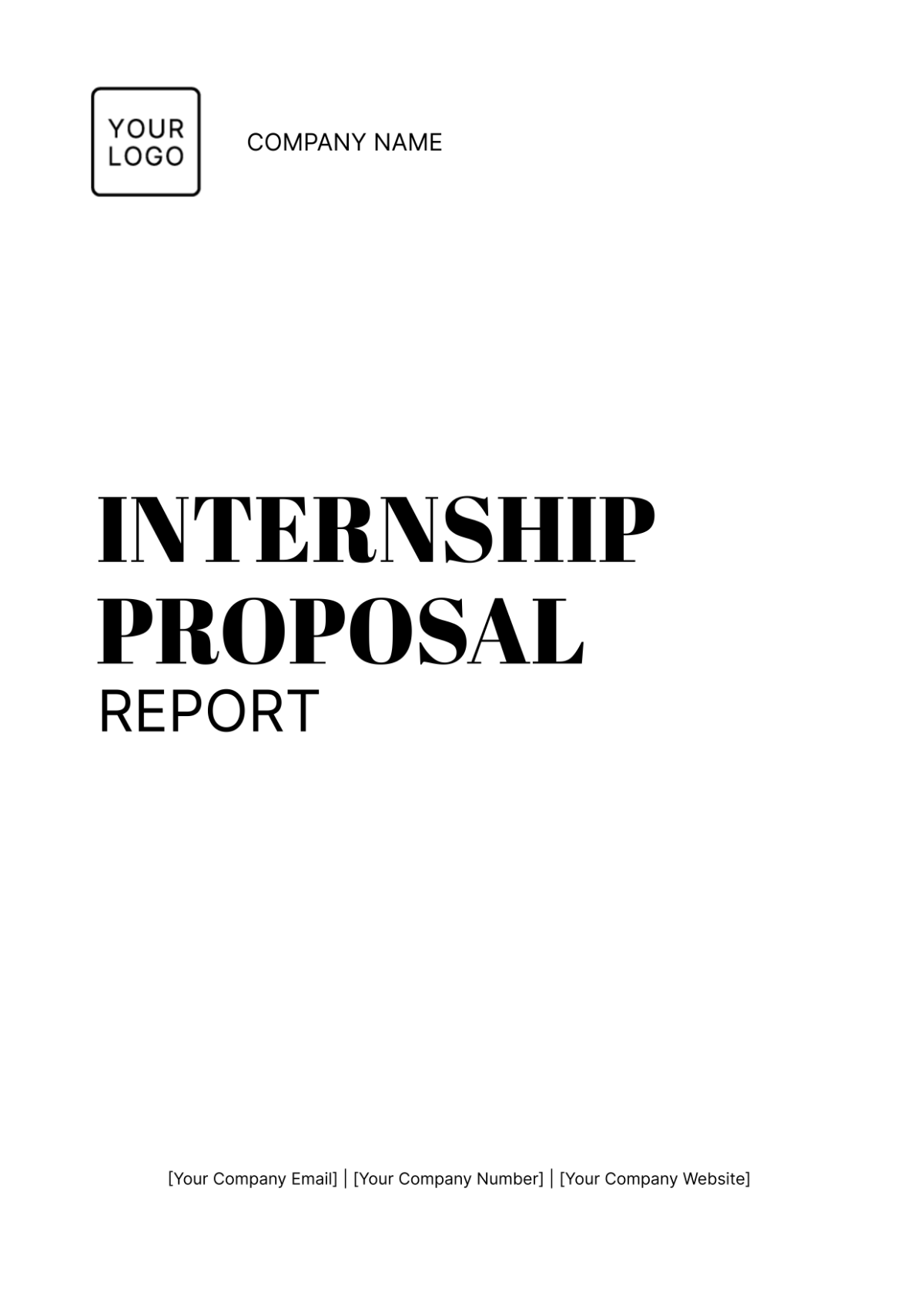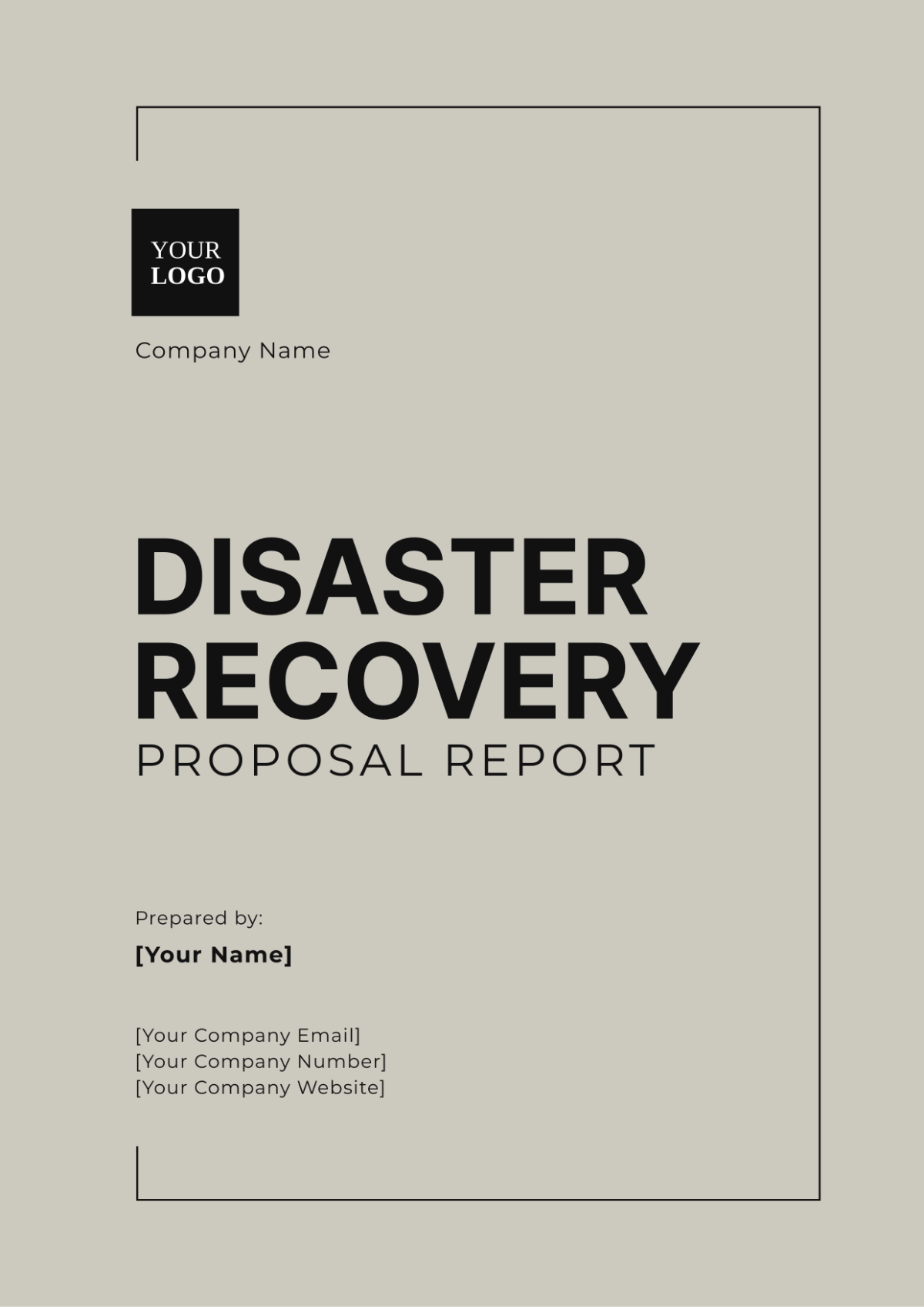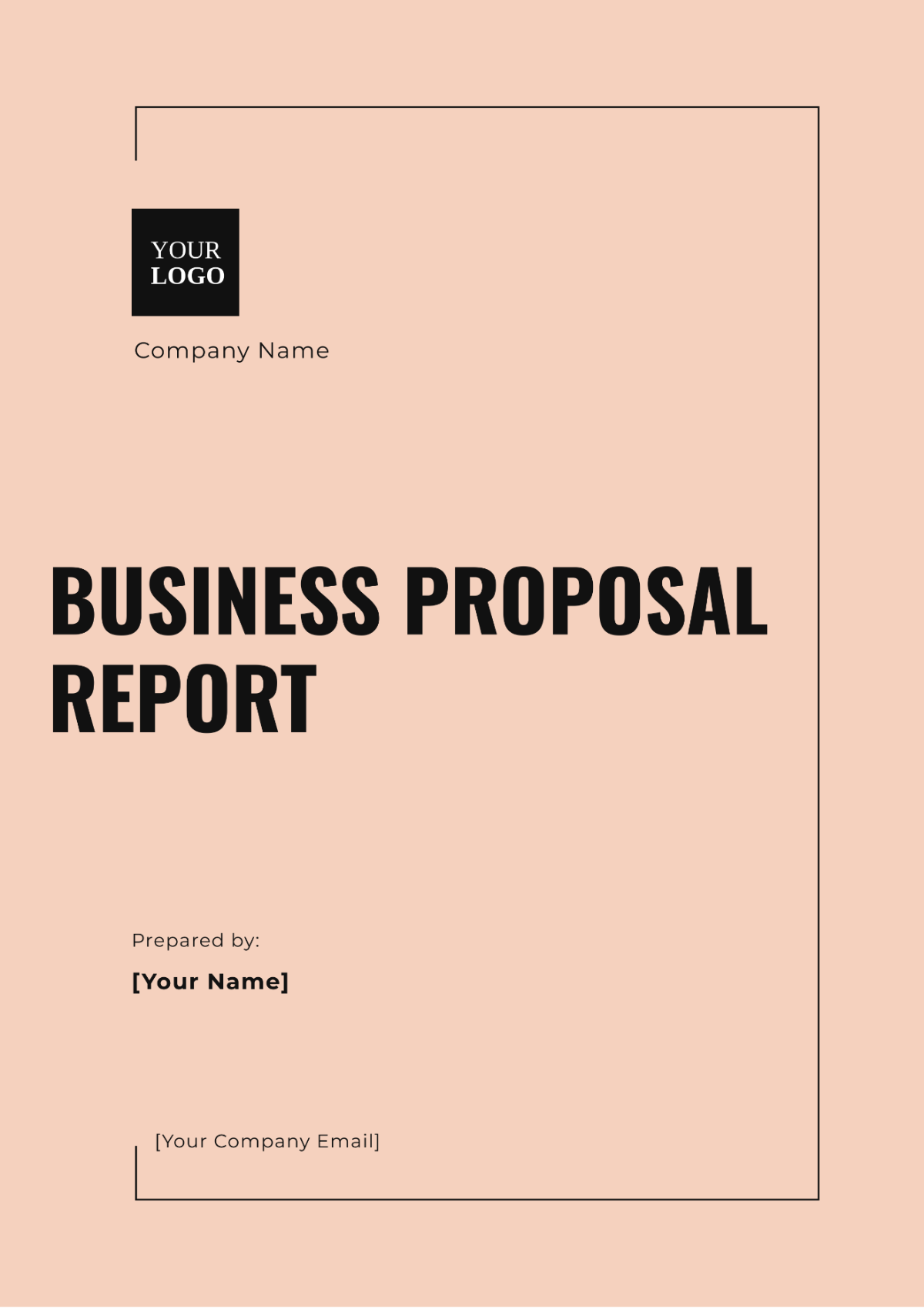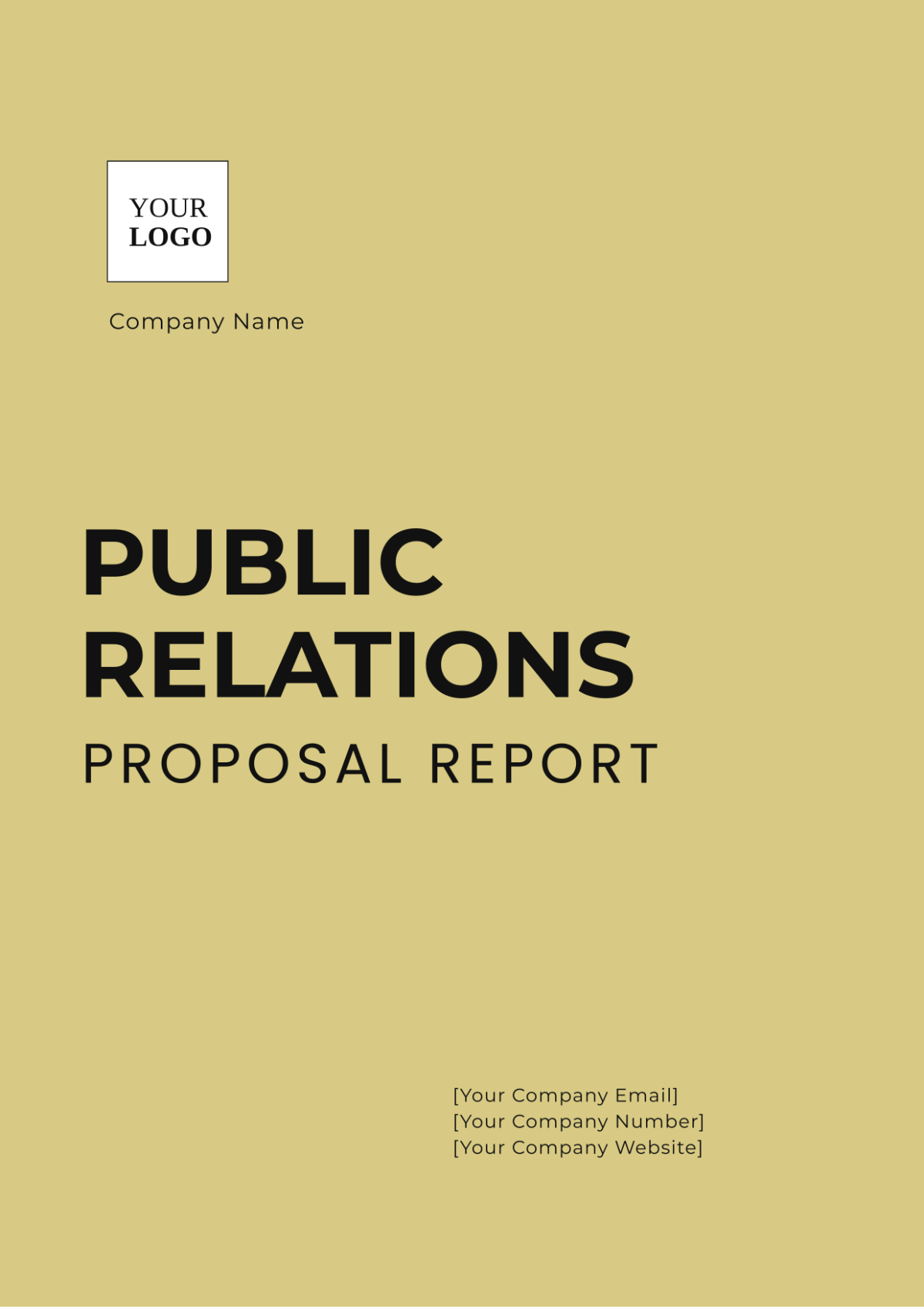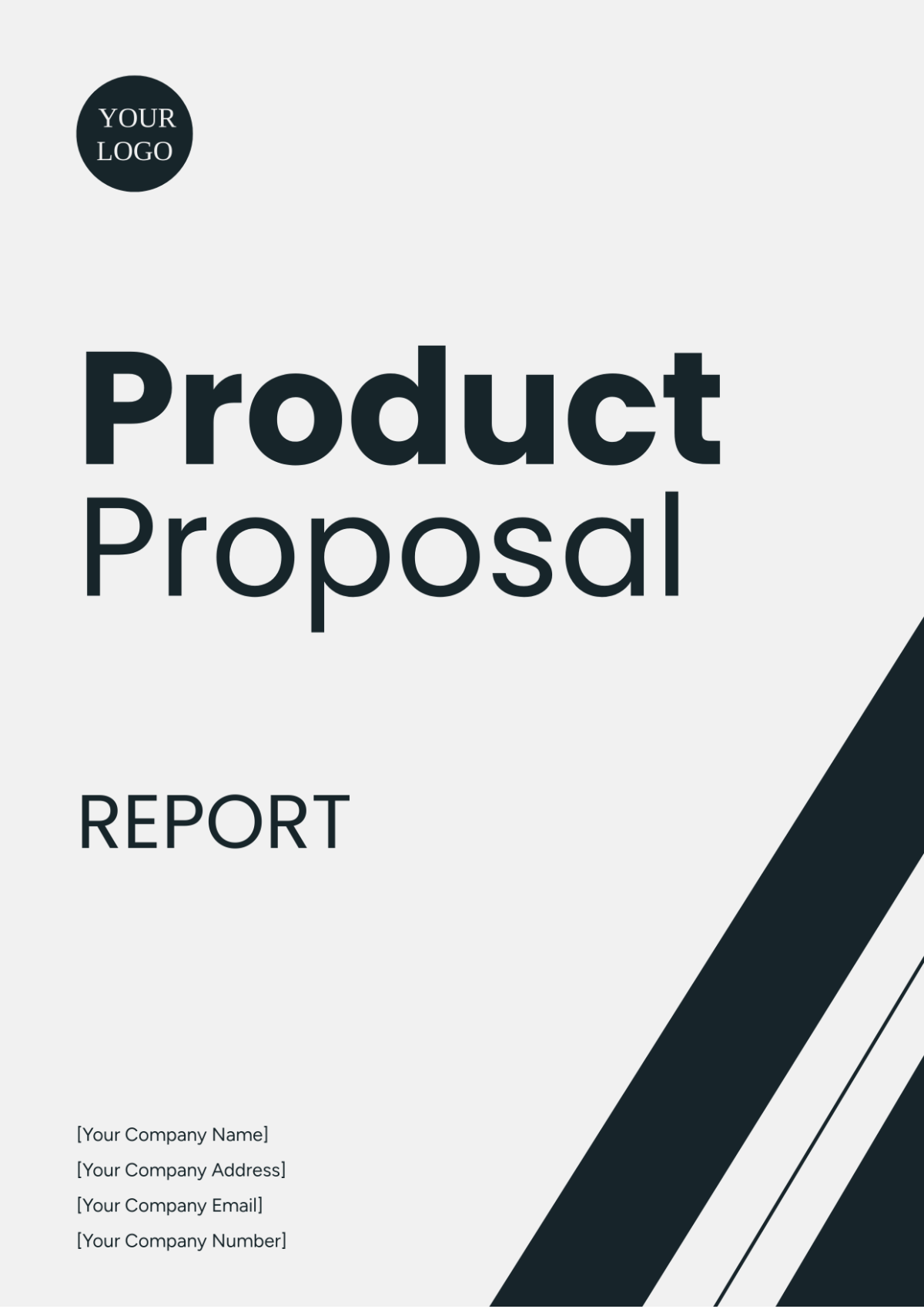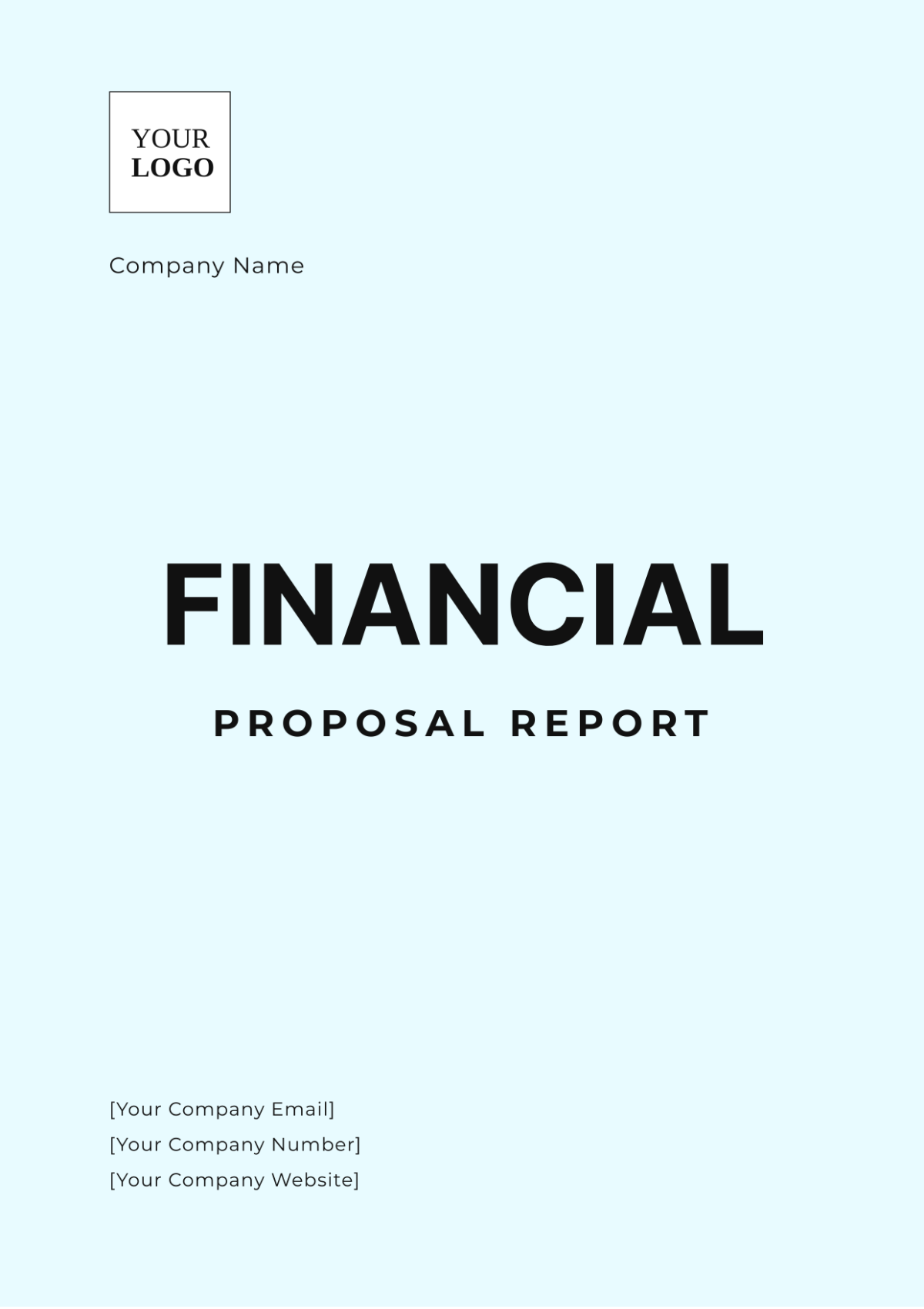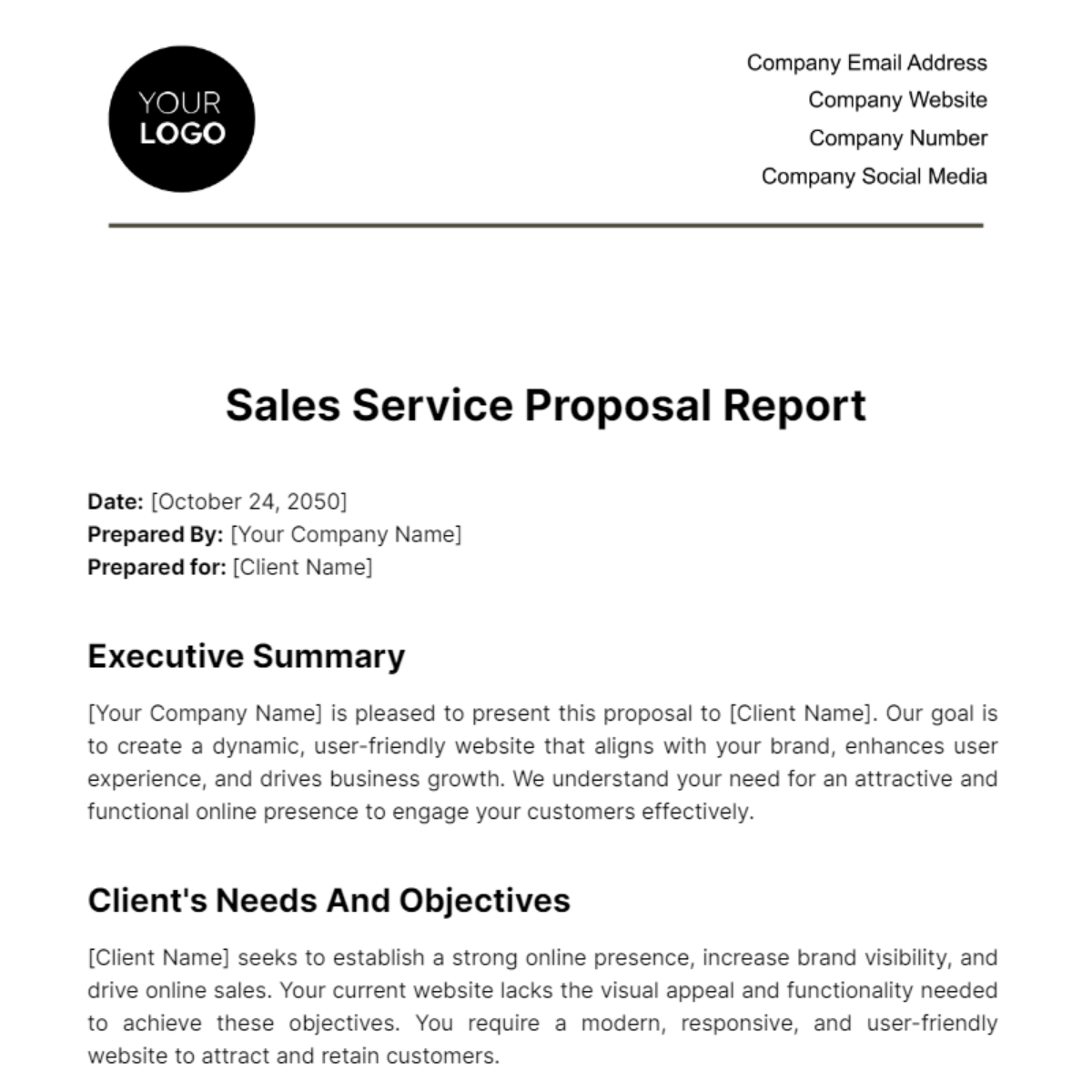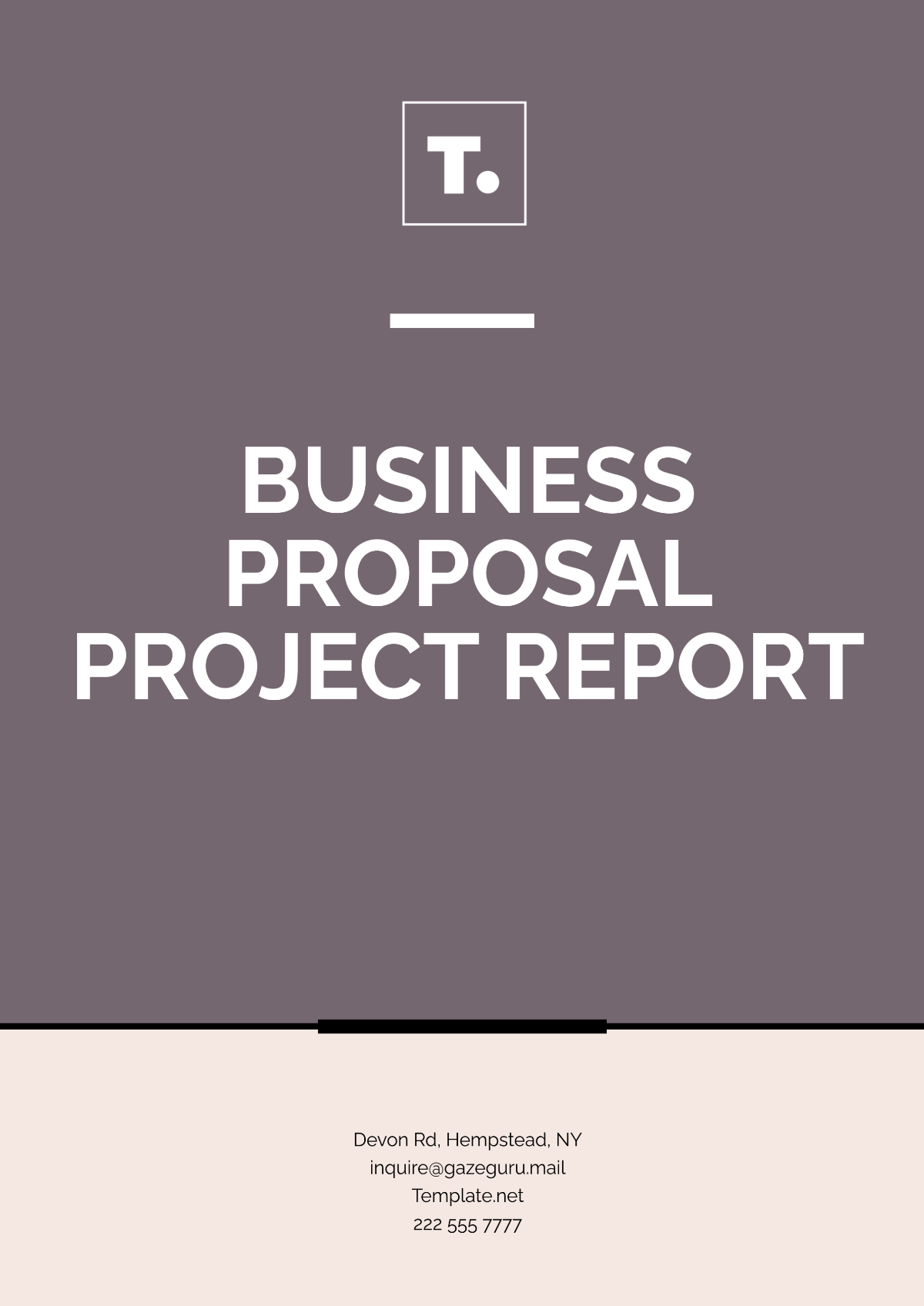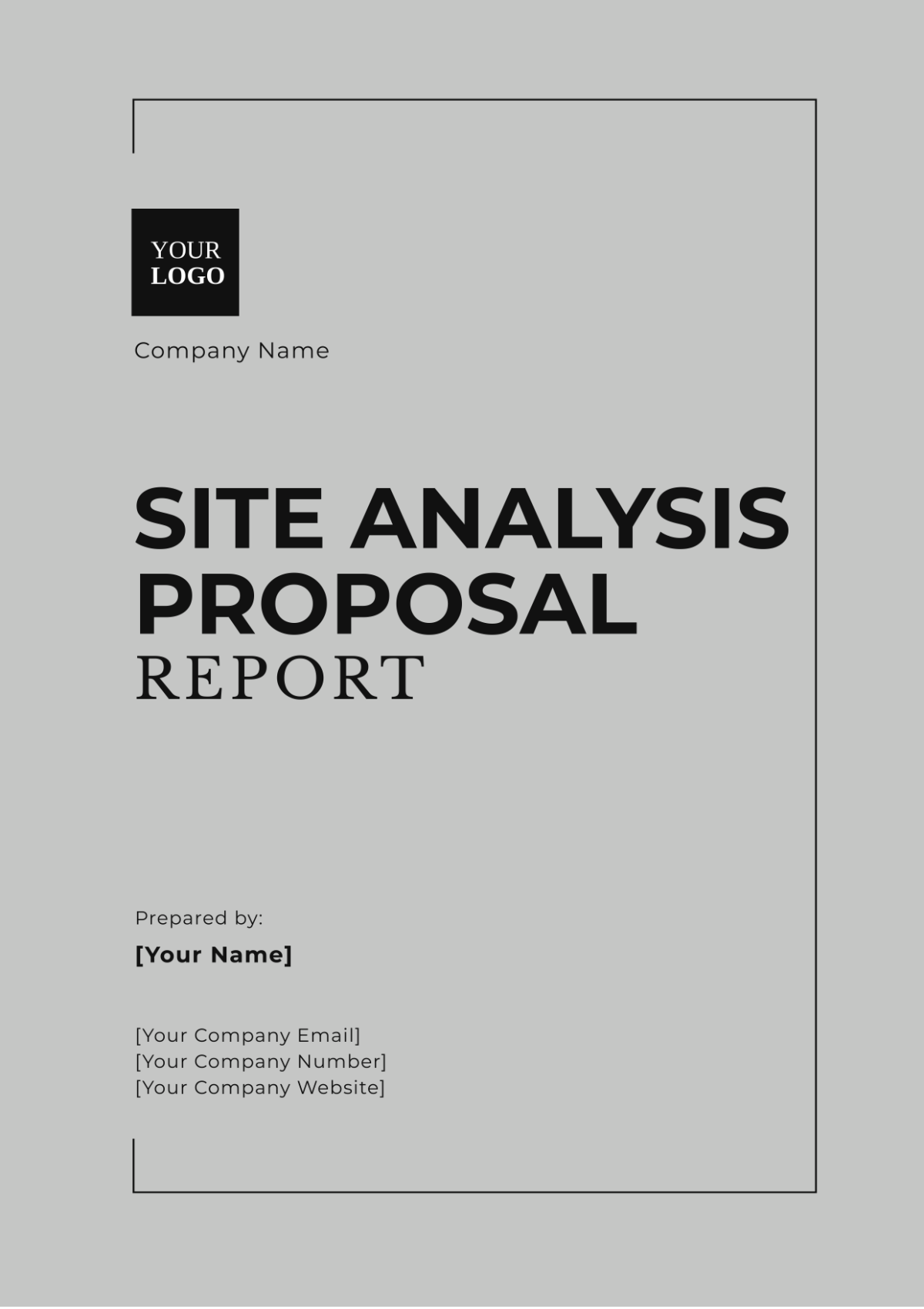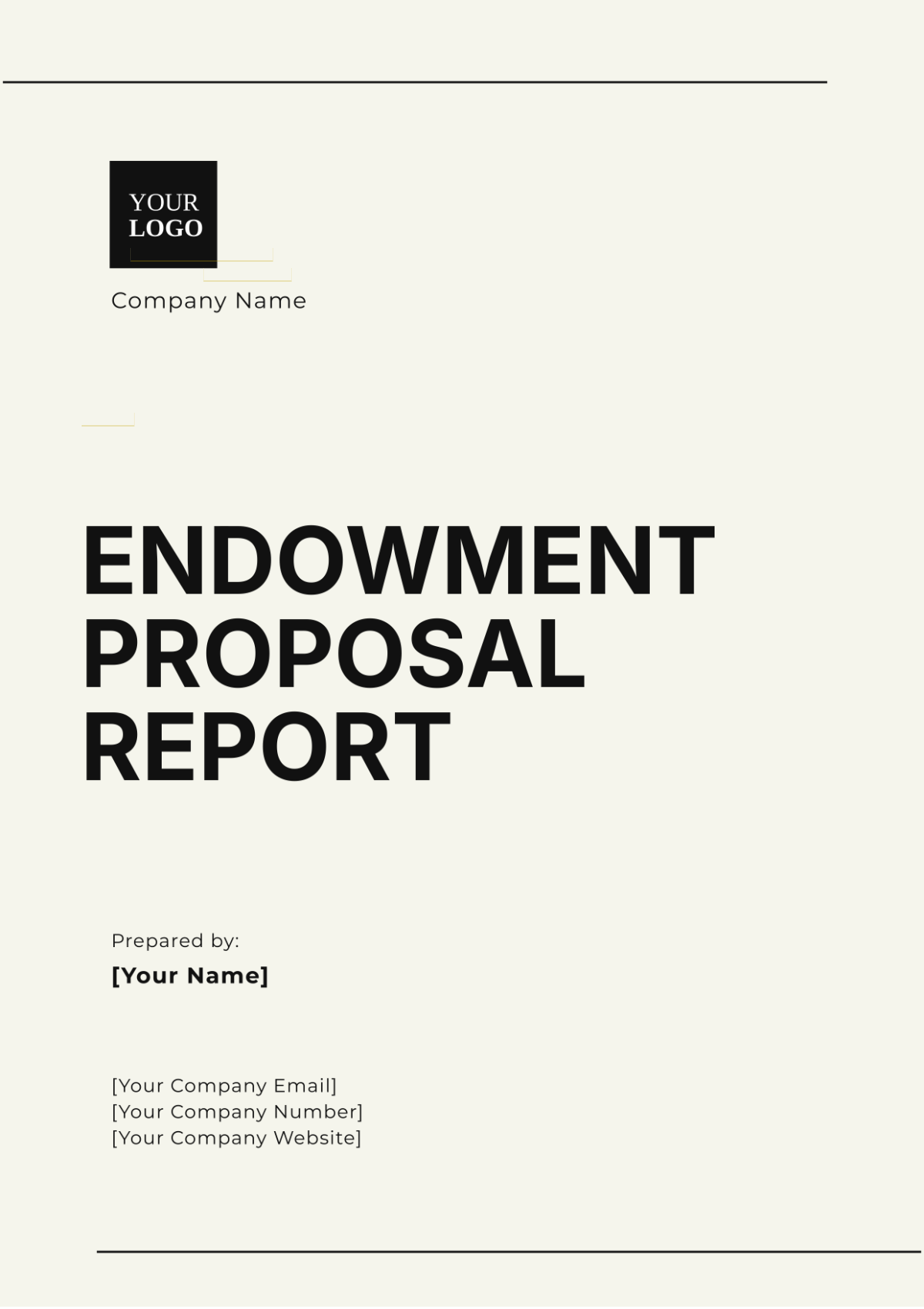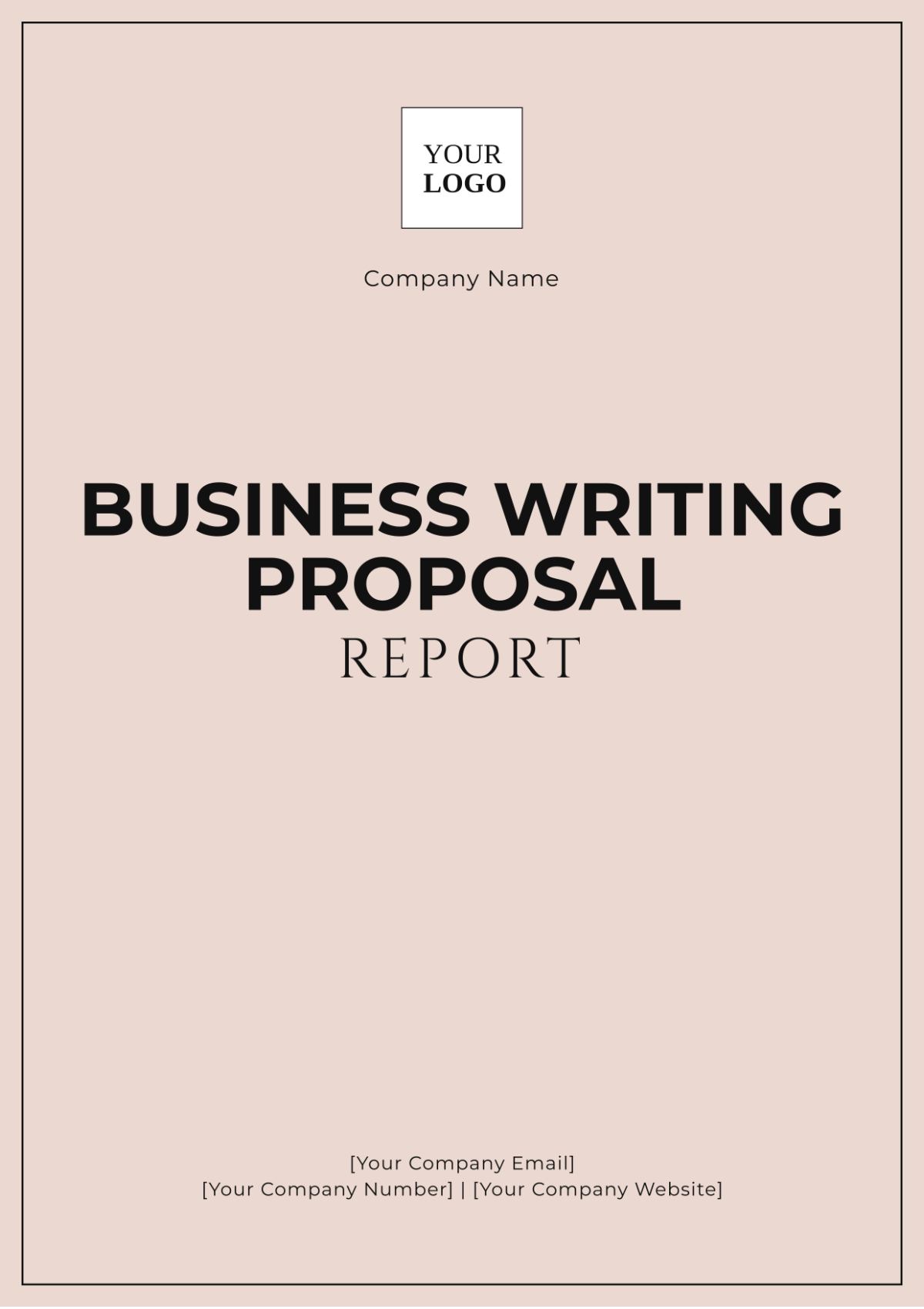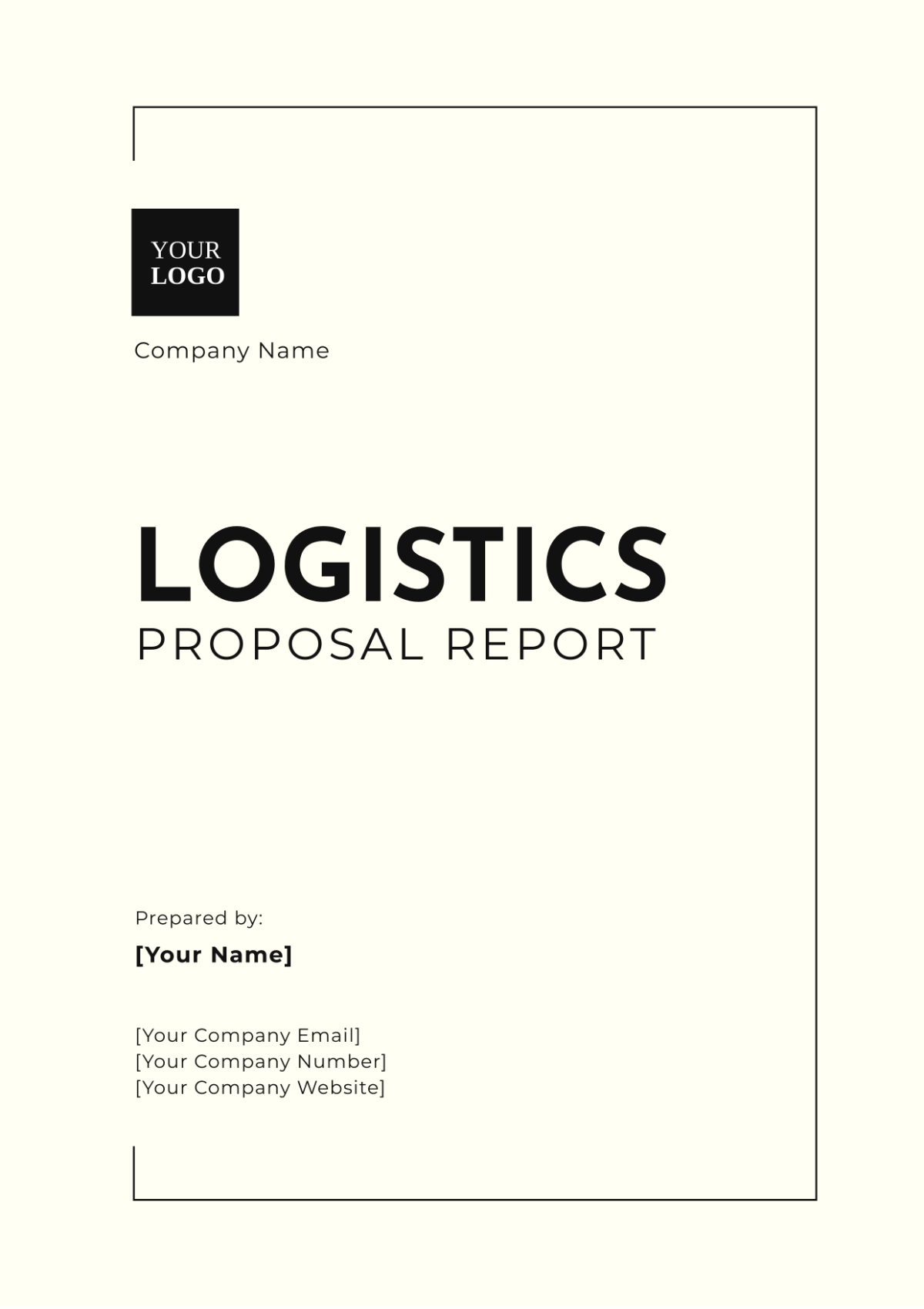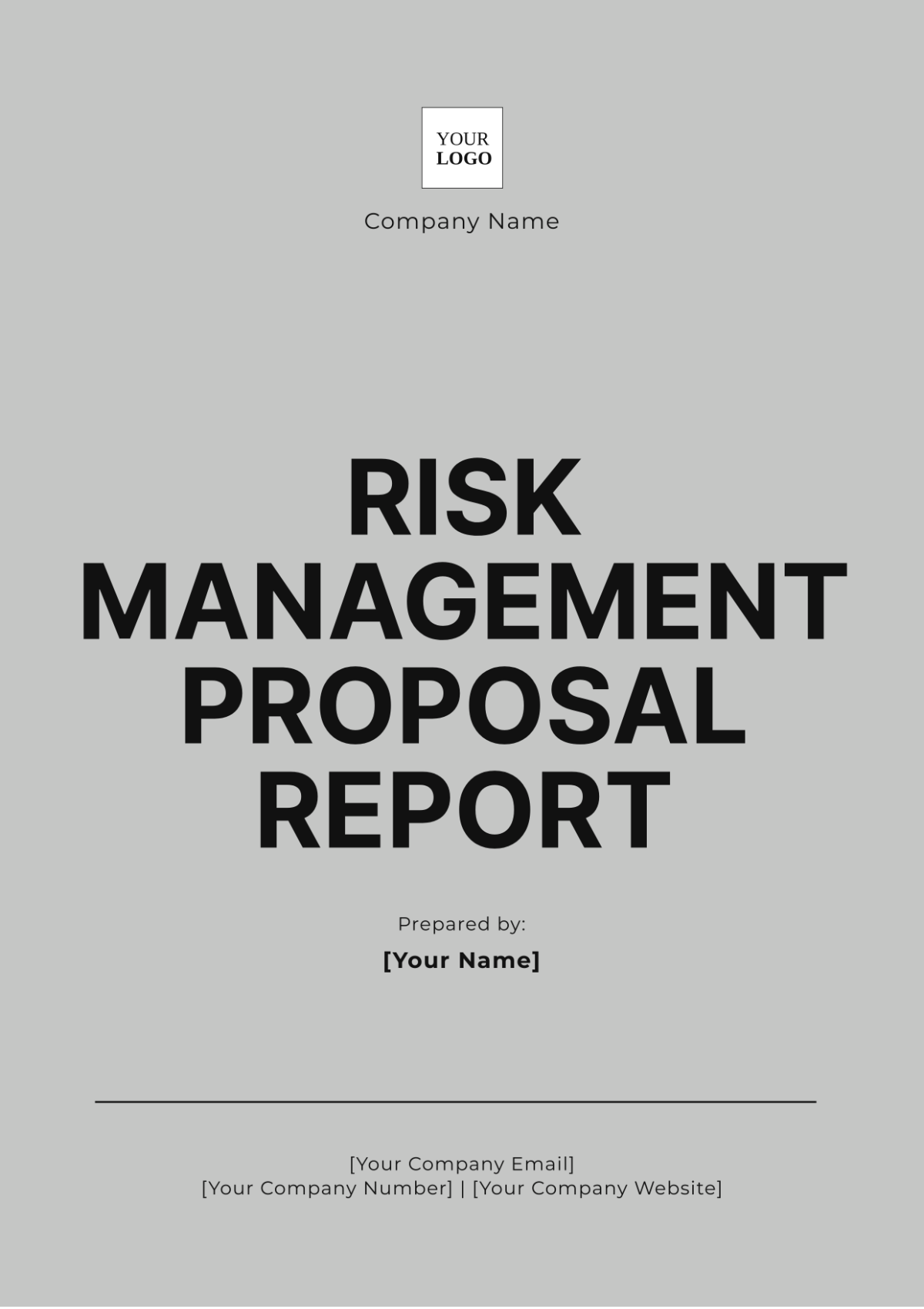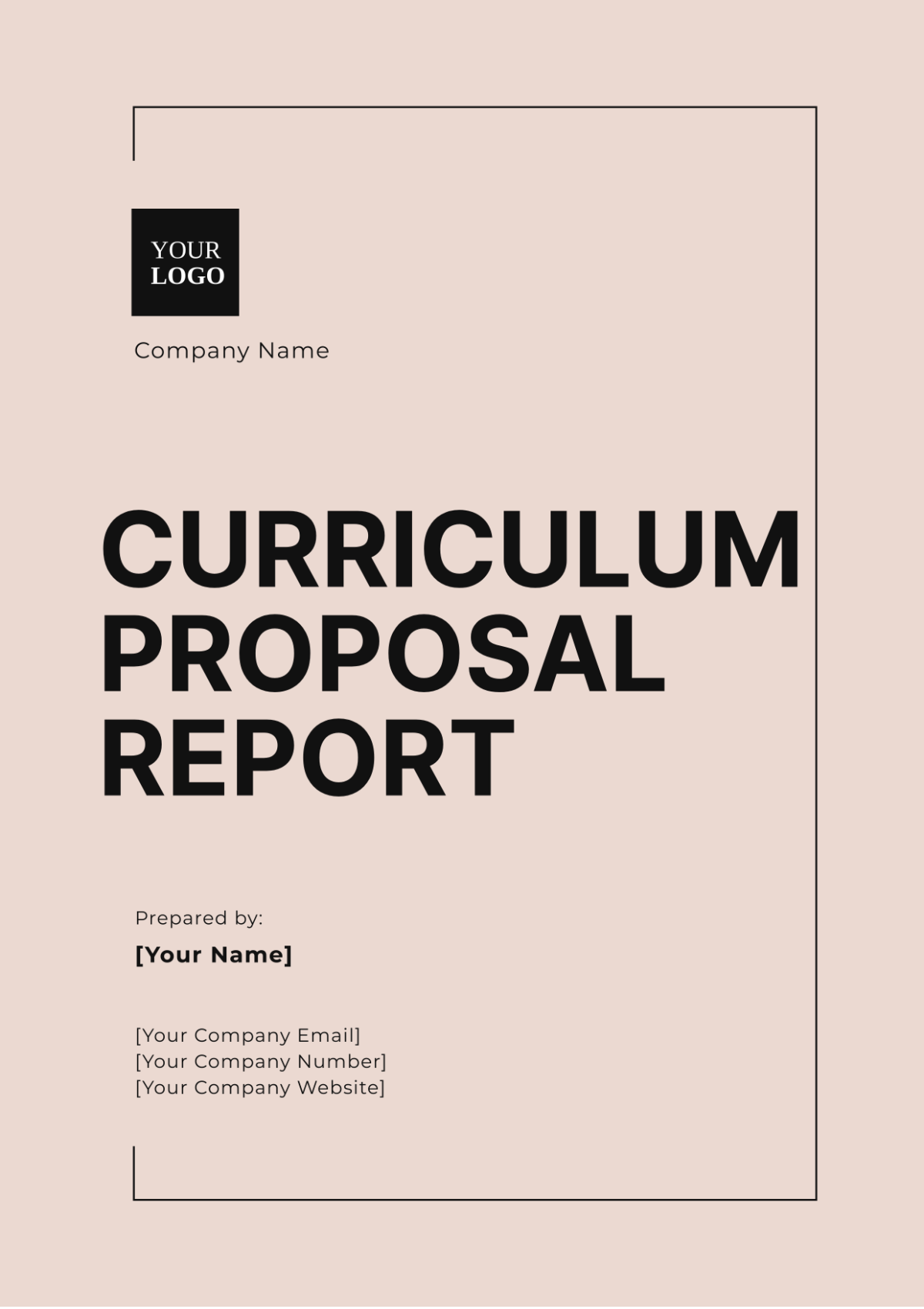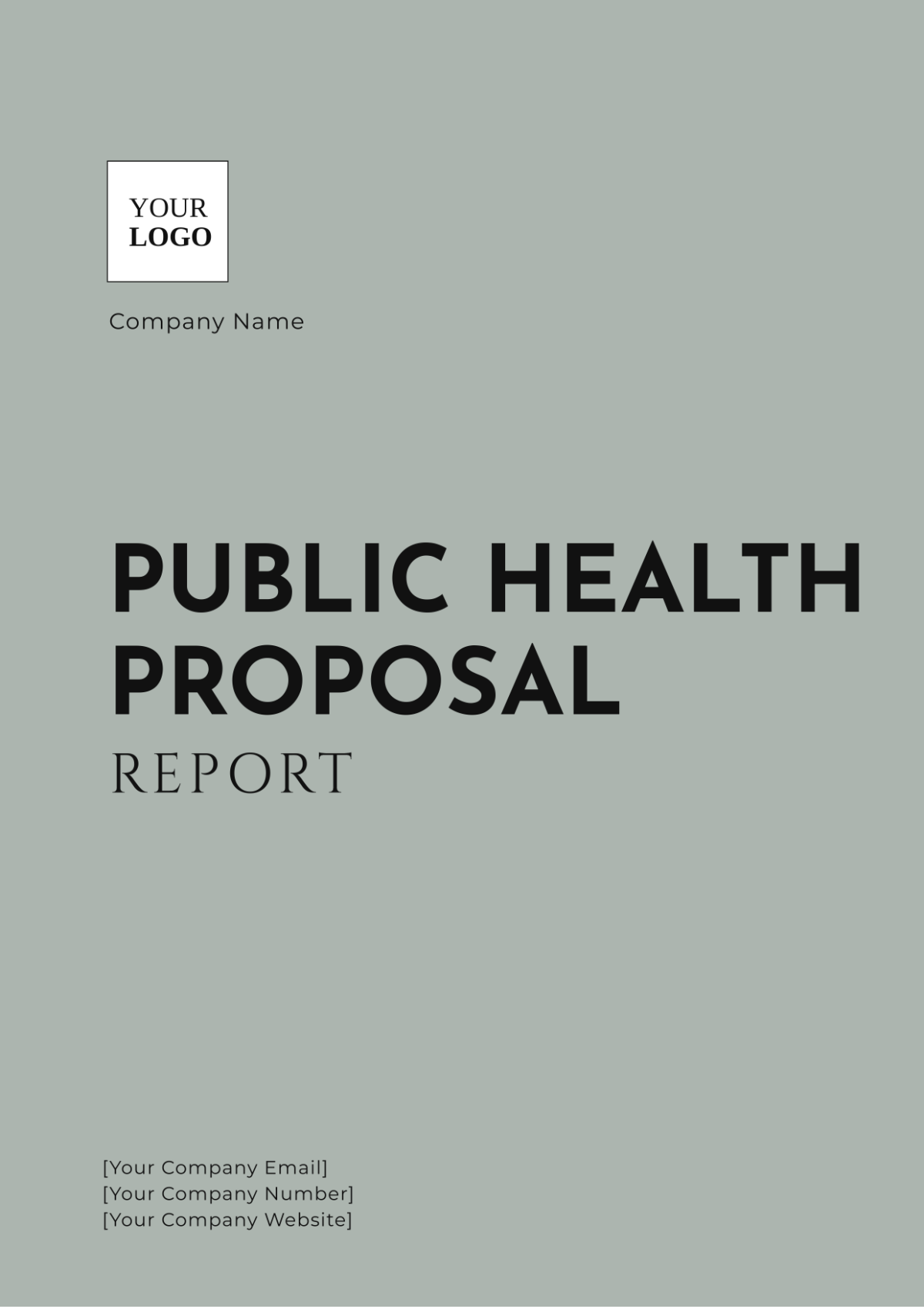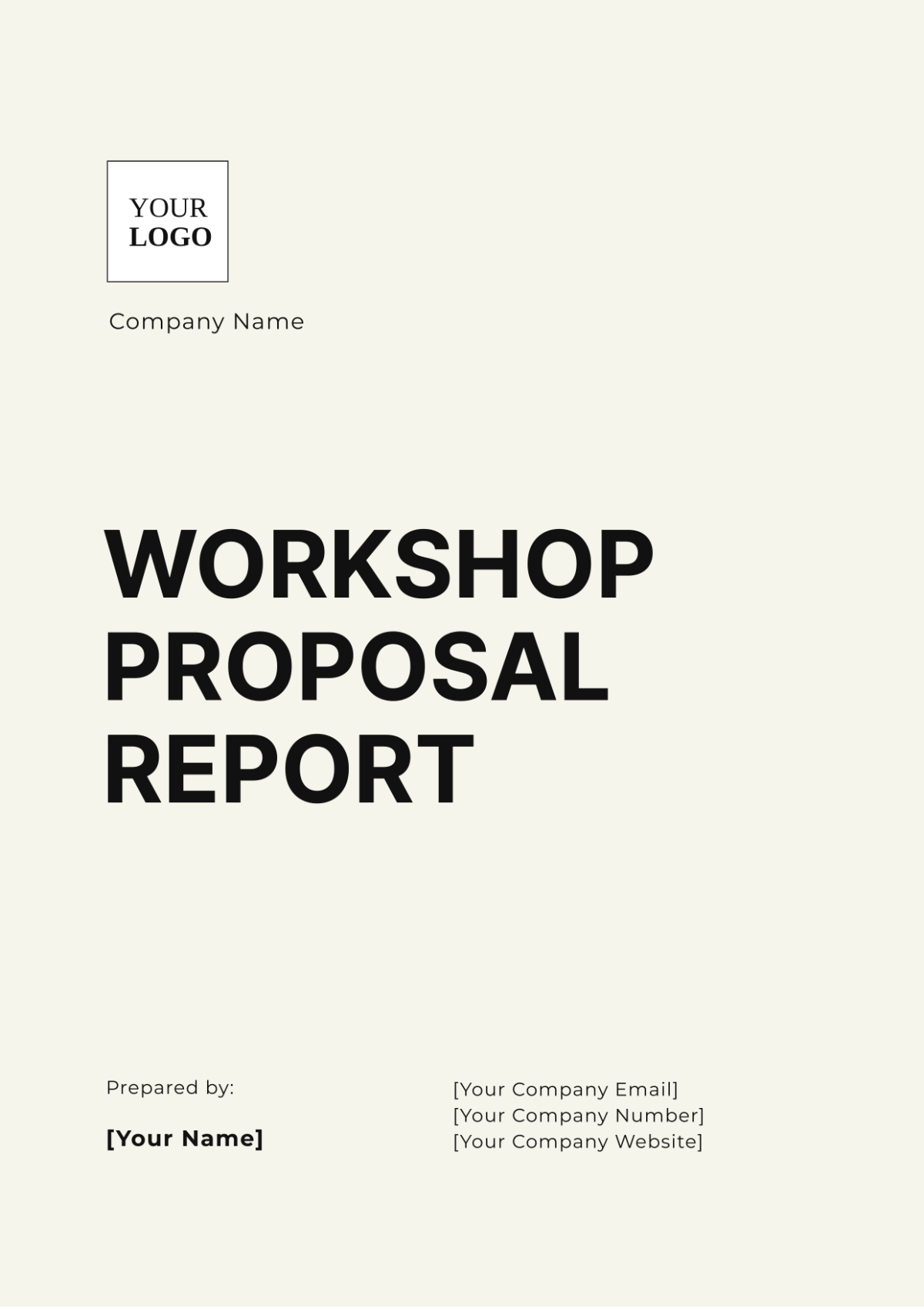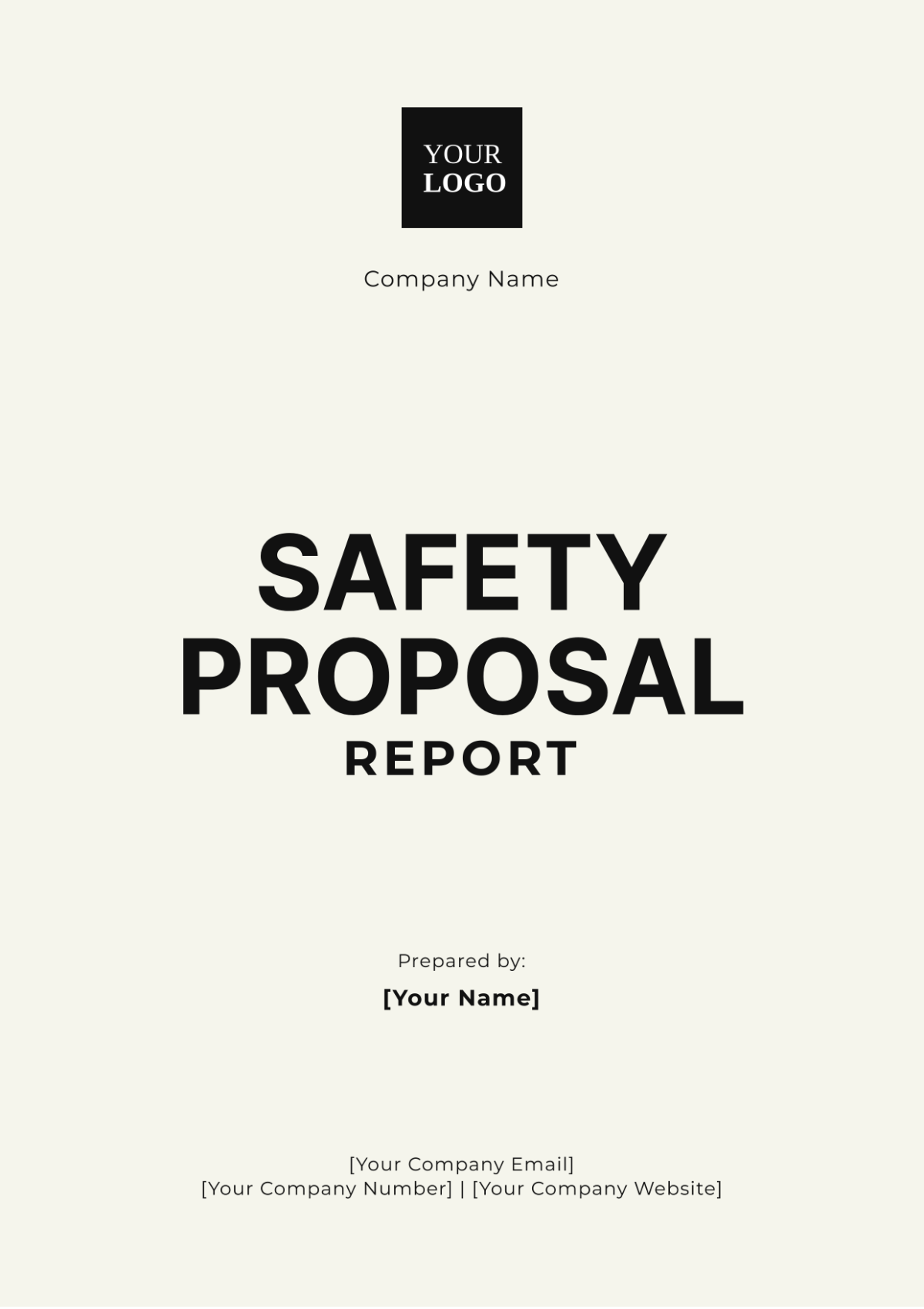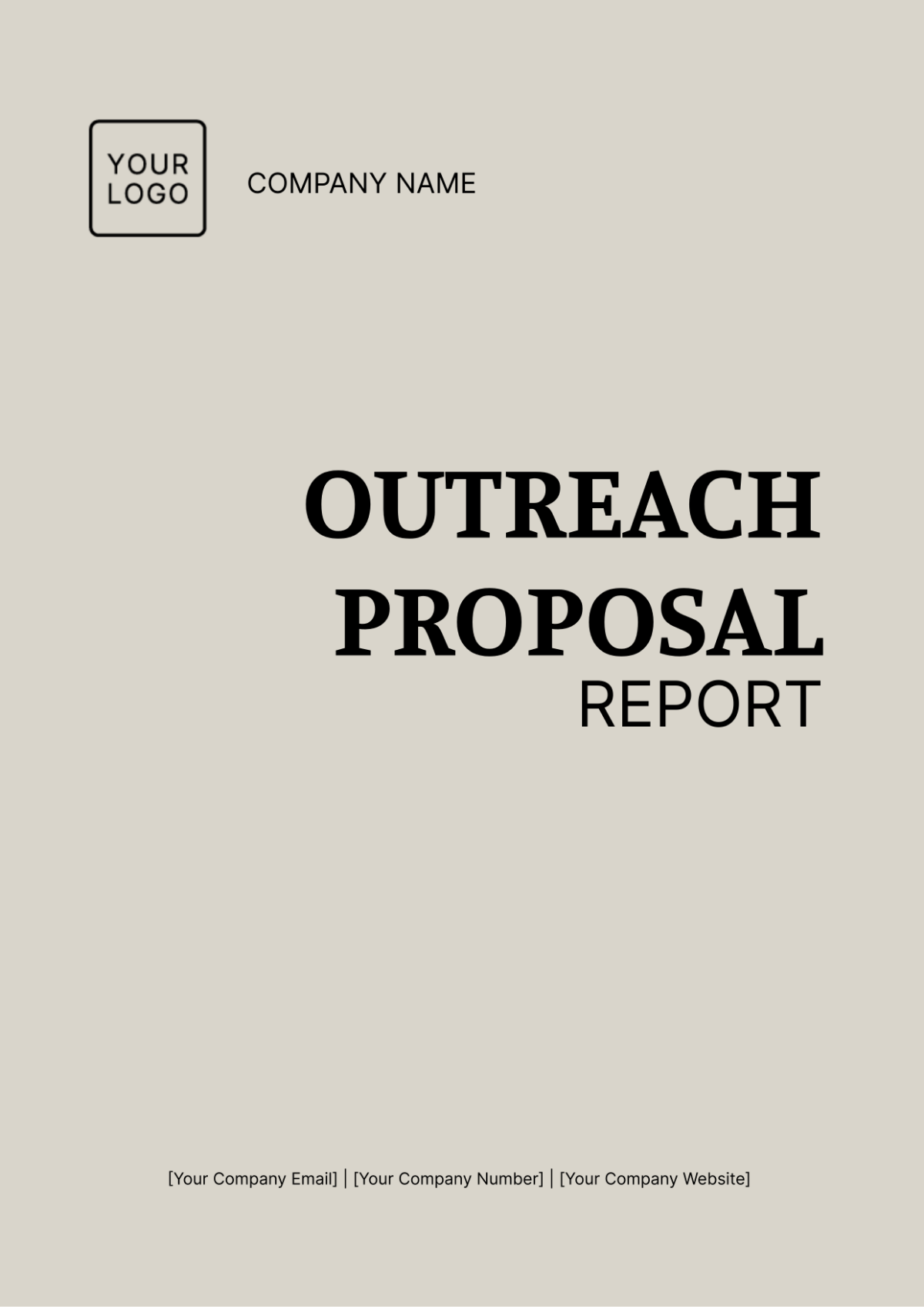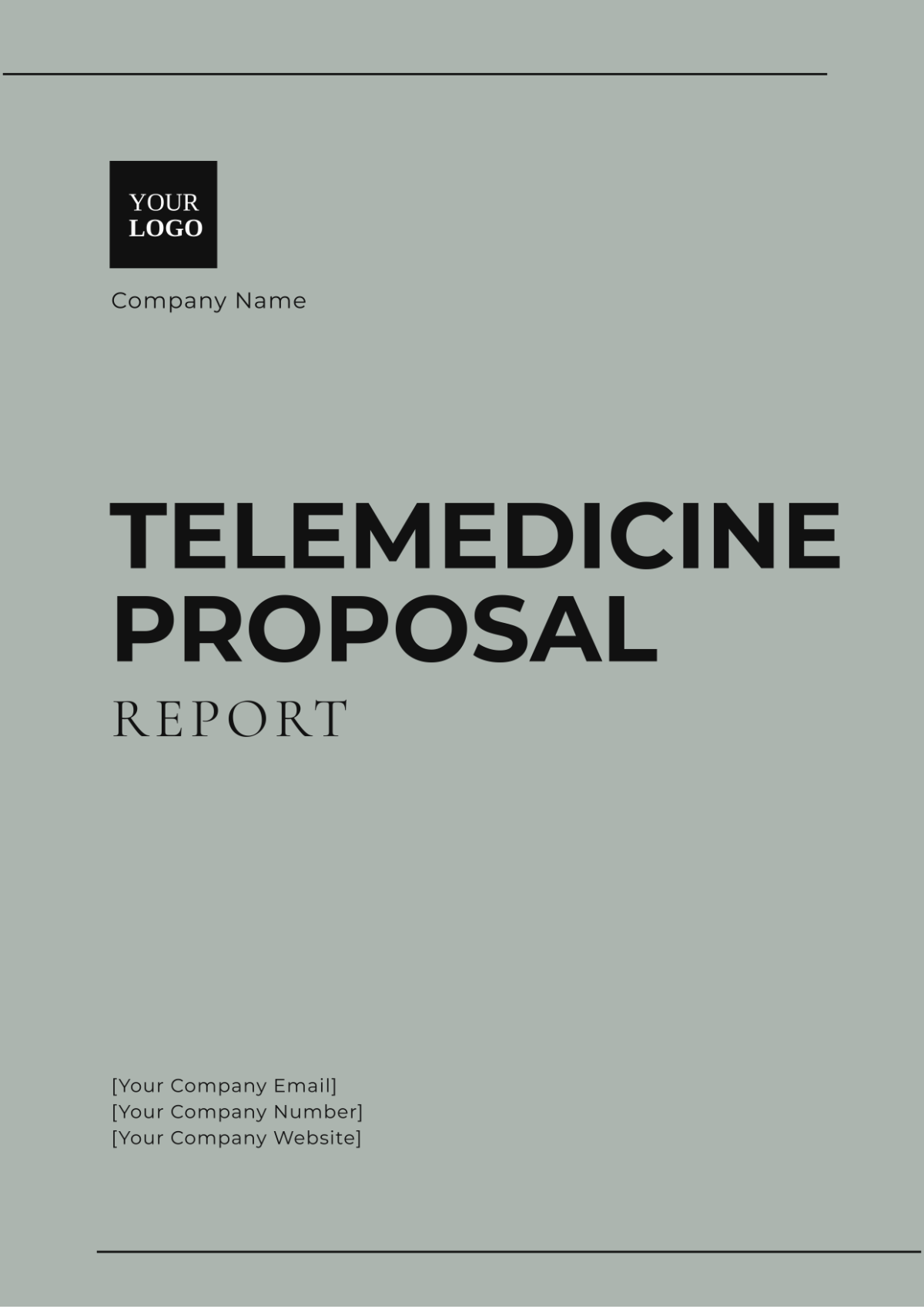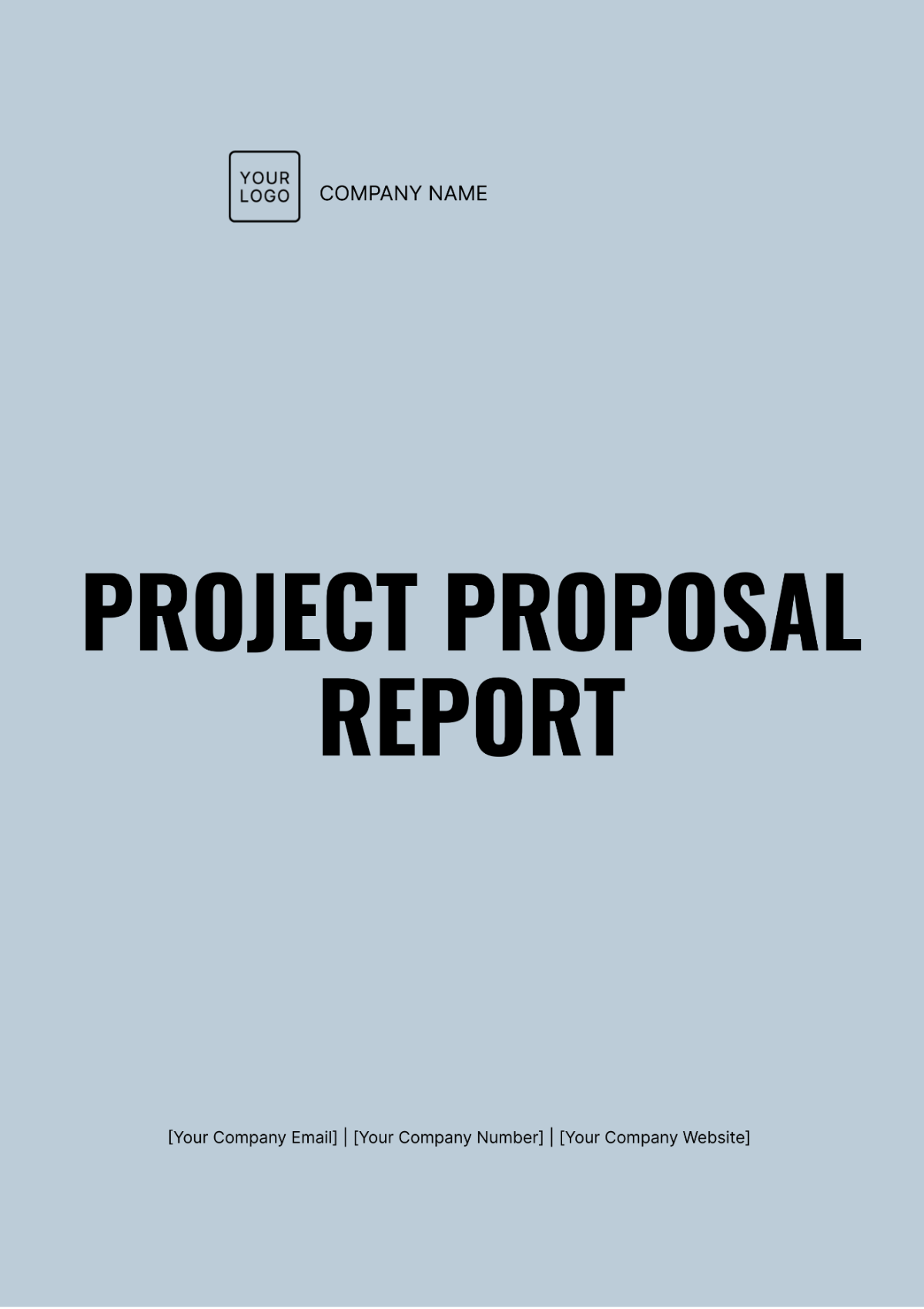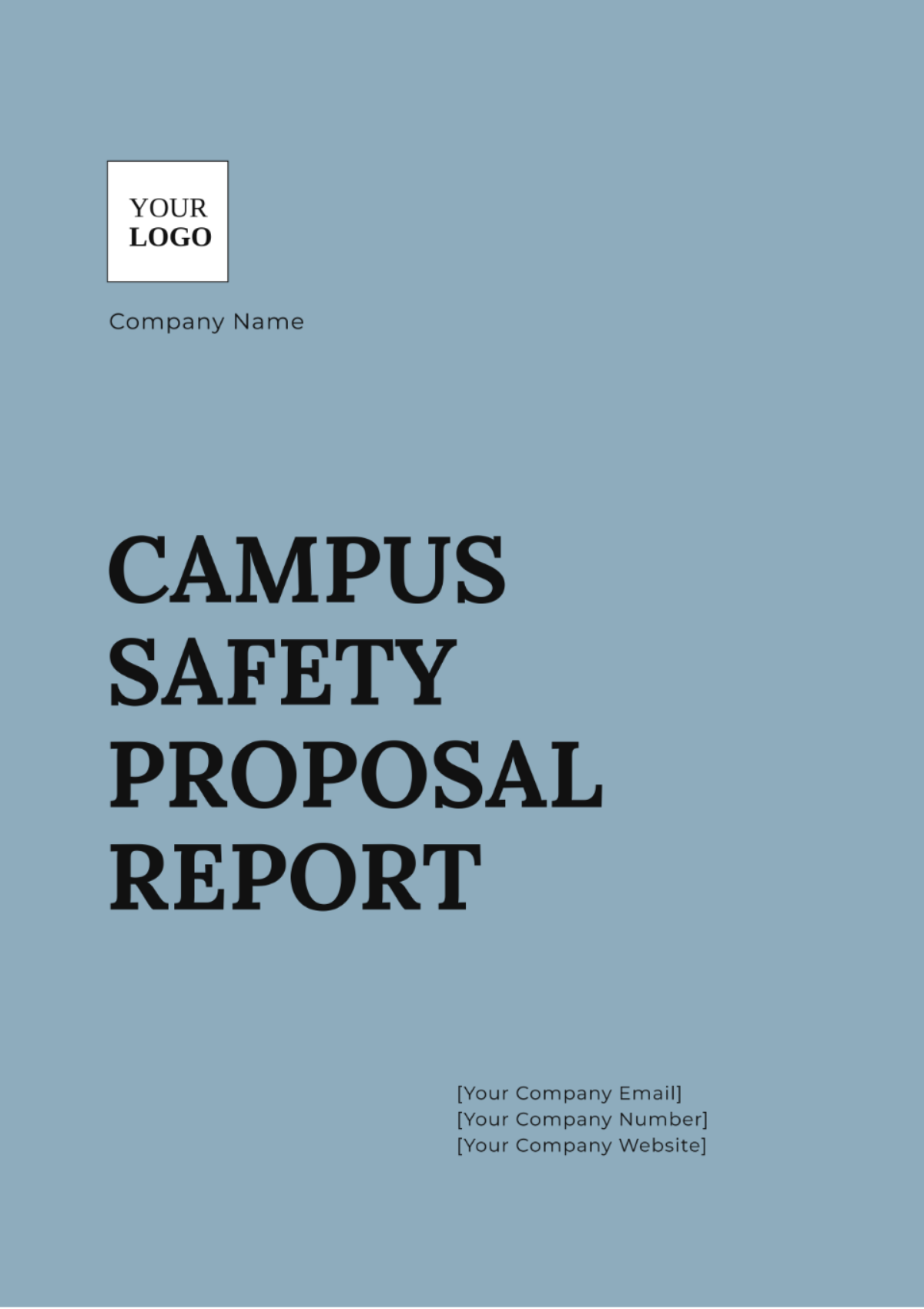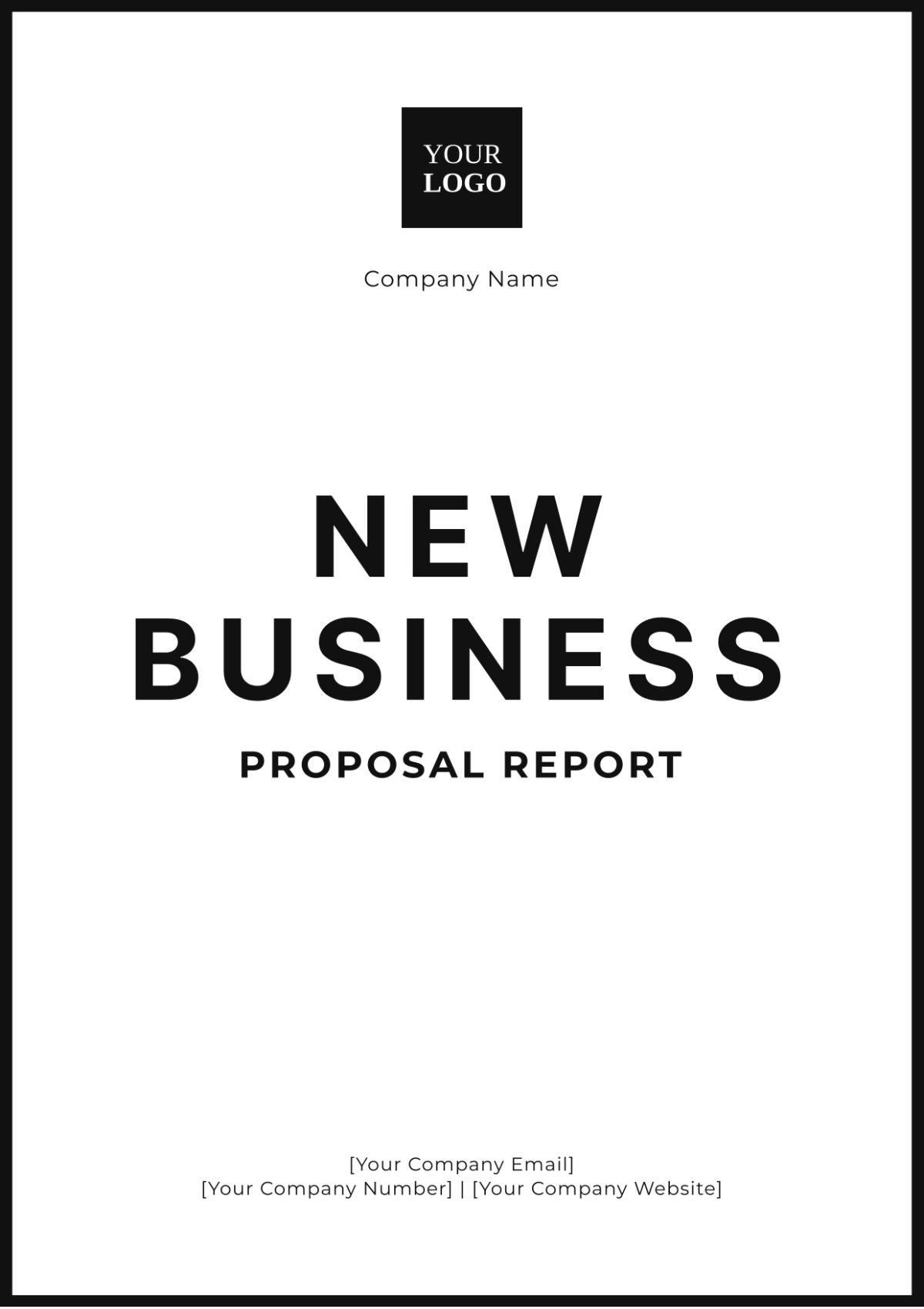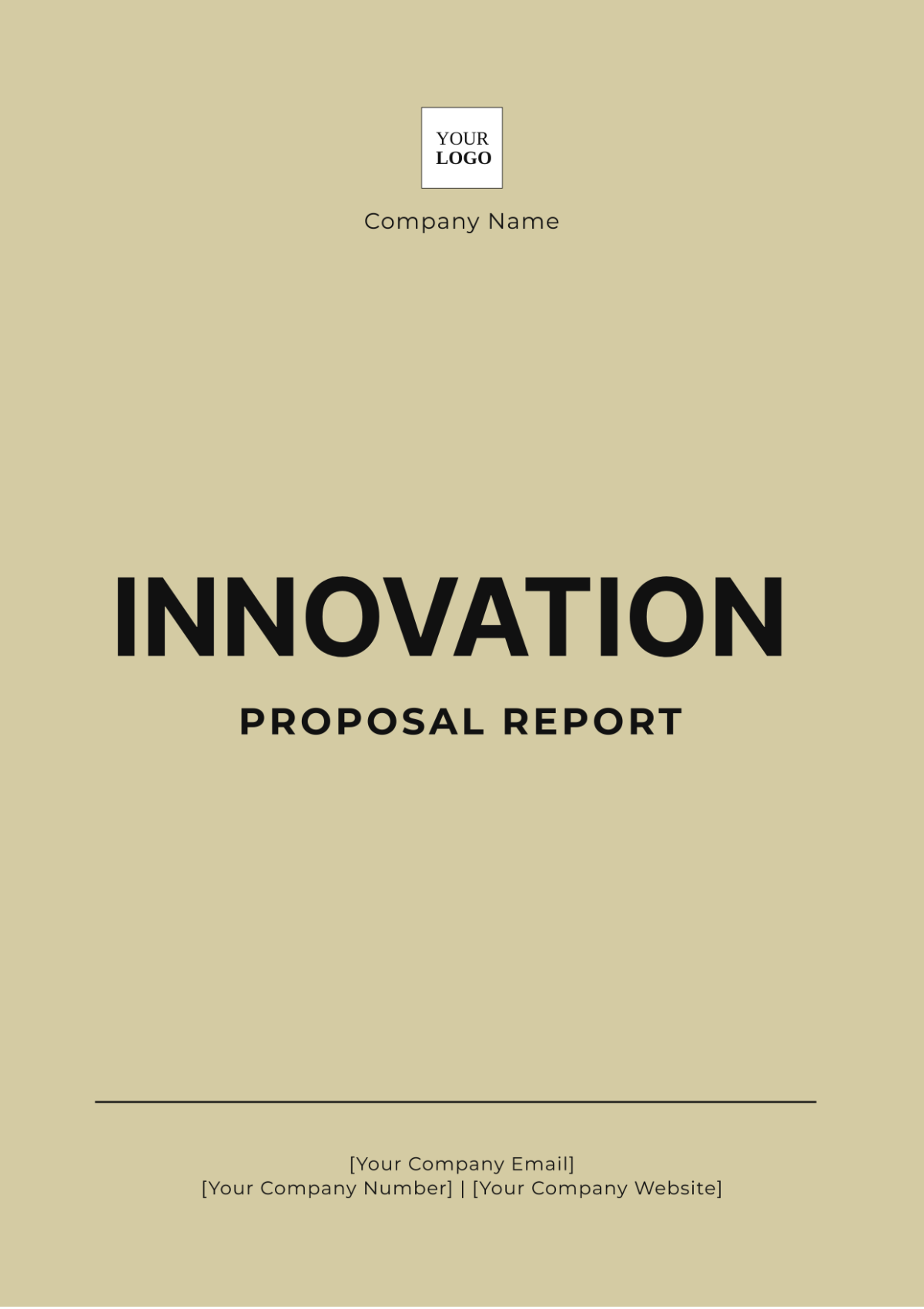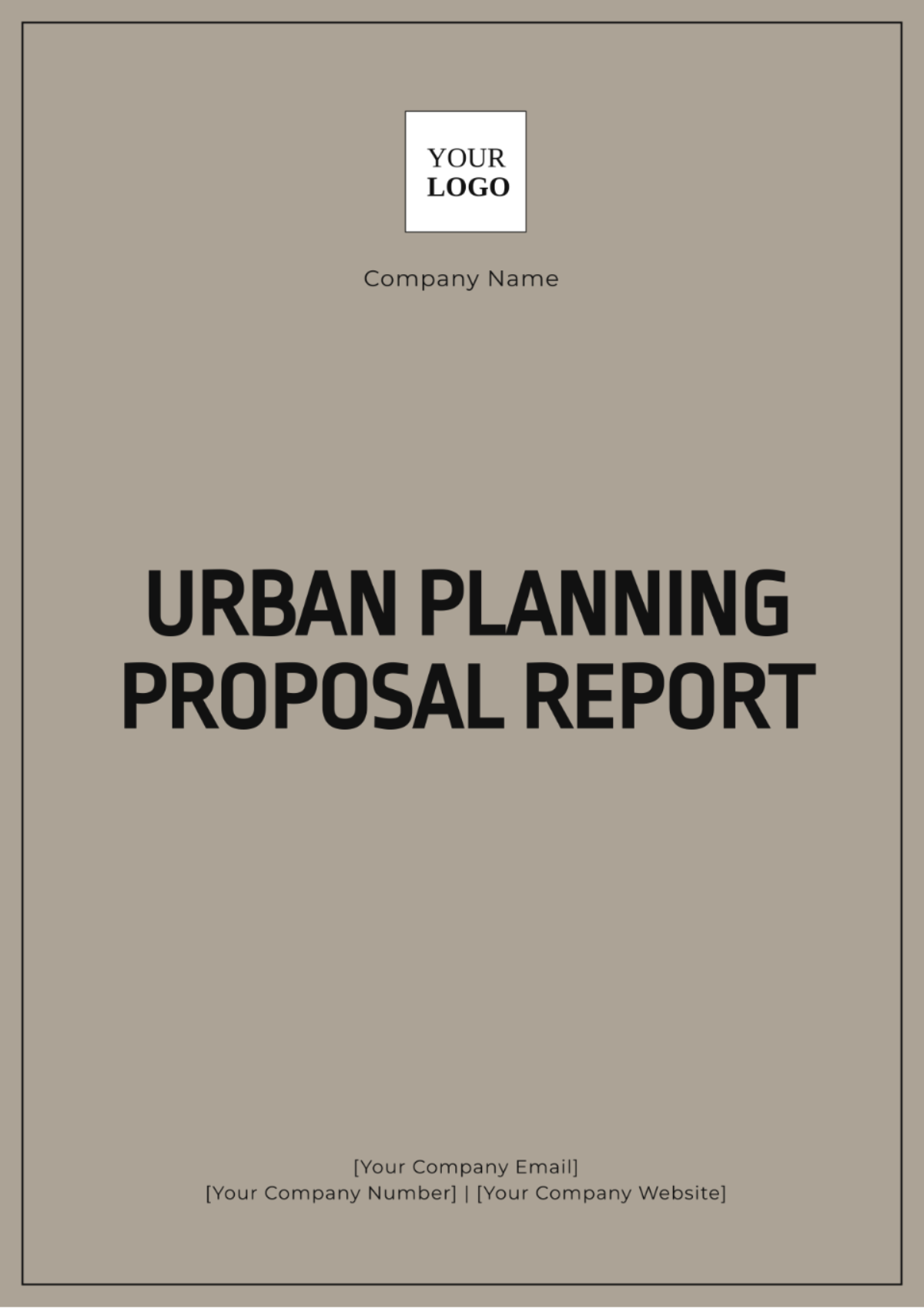E-Library Proposal Report
Prepared By: [Your Name]
1. Executive Summary
The purpose of this proposal is to establish a comprehensive and accessible e-library system for [Your Company Name]. The e-library will serve as a digital repository for academic resources, research papers, e-books, and multimedia content, catering to the diverse needs of our users. This initiative aims to enhance the learning experience, support research activities, and provide seamless access to information.
2. Company Background
Founded in 2050, the company has grown into a leading provider of educational resources and technology solutions. With a mission to empower learners and educators through innovative digital platforms, the company has consistently delivered high-quality products and services. Its extensive network includes educational institutions, corporate partners, and individual learners worldwide.
3. Objectives
The primary objectives of the e-library are as follows:
Accessibility: Provide 24/7 access to a wide range of digital resources.
User-Friendly Interface: Develop an intuitive platform that is easy to navigate.
Resource Integration: Use various materials like e-books, journals, and multimedia.
Enhanced Learning: Foster development with quality resources.
Cost Efficiency: Cut library and resource management costs.
4. Proposed E-Library System
4.1 Features
Digital Repository: Centralized storage for digital media and documents.
Advanced Search: Robust search functionality to locate resources quickly.
User Management: Secure login and personalized user accounts.
Content Management: Easy upload, update, and management of digital resources.
Analytics: Track engagement and resource use with stats and reports.
4.2 Technology Stack
Frontend: React.js for a responsive and dynamic user interface.
Backend: Node.js with Express for scalable and efficient server-side operations.
Database: MongoDB for flexible and high-performance data storage.
Cloud Hosting: Amazon Web Services (AWS) for reliable and secure hosting.
5. Implementation Plan
5.1 Timeline
Phase 1: Requirements Analysis and Planning (1 month)
Phase 2: Design and Development (3 months)
Phase 3: Testing and Quality Assurance (2 months)
Phase 4: Deployment and Training (1 month)
Phase 5: Post-Launch Support and Maintenance (Ongoing)
5.2 Budget
Initial Development: $50,000
Annual Maintenance: $10,000
Training and Support: $5,000
5.3 Team
Project Manager: John Doe
Lead Developer: Jane Smith
UI/UX Designer: Michael Brown
QA Specialist: Emily White
Content Manager: Sarah Johnson
6. Benefits and Impact
The e-library will provide numerous benefits to the company and its stakeholders:
Increased Accessibility: Users can access resources anytime, anywhere.
Enhanced Resource Efficiency: Merging digital content cuts storage and costs.
Enhanced Learning Experience: Different resources suit various learning styles.
Scalability: The platform easily scales for more users and resources.
7. Risk Management
Potential risks and mitigation strategies include:
Technical Issues: Regular updates and maintenance to ensure system stability.
Data Security: Implementing robust security protocols and regular audits.
User Adoption: Training and support for smooth adoption.
8. Conclusion
The establishment of an e-library aligns with [Your Company Name]'s mission to innovate and enhance educational experiences. By investing in this digital platform, we will provide our users with seamless access to a wealth of resources, thereby supporting their academic and professional growth. We look forward to your support in this initiative.
